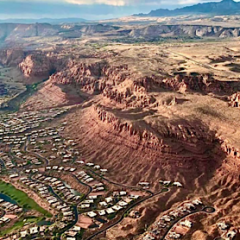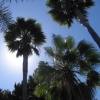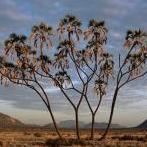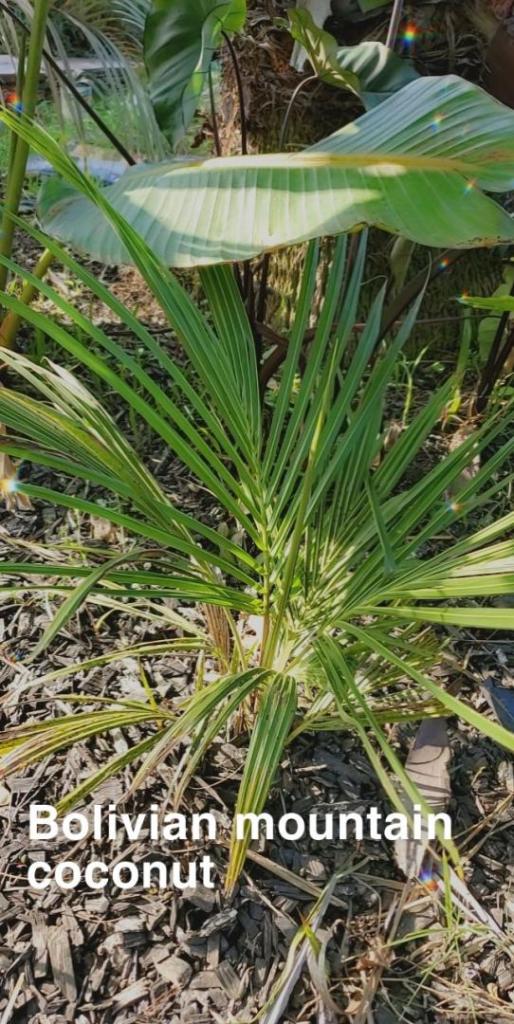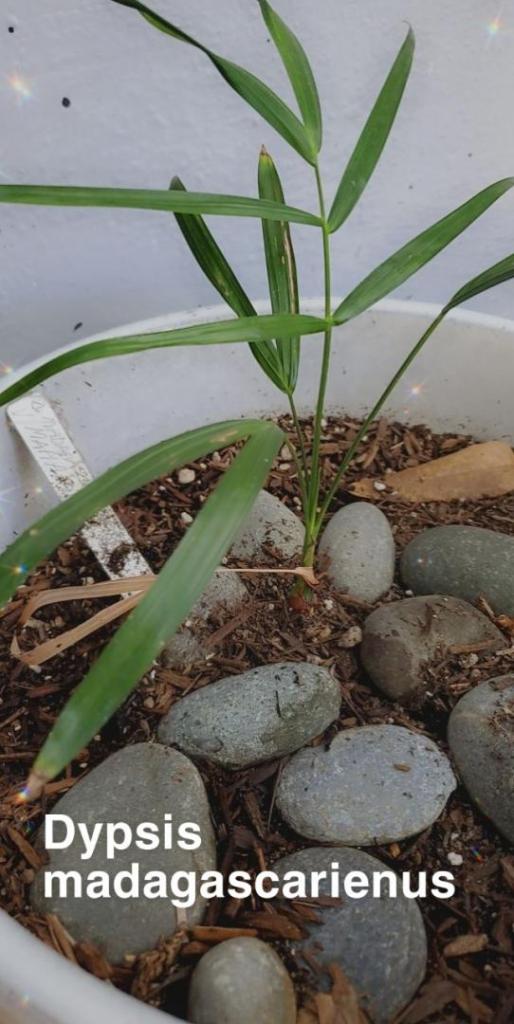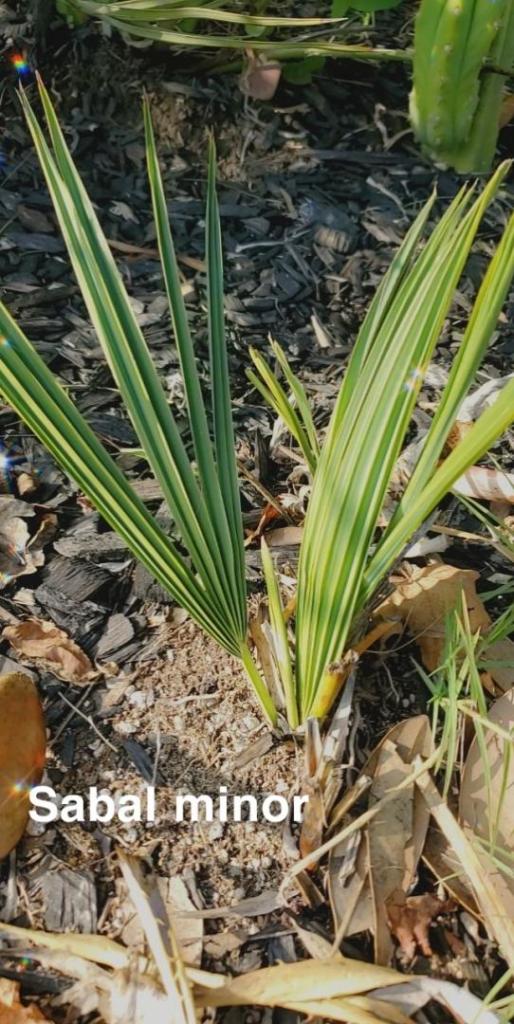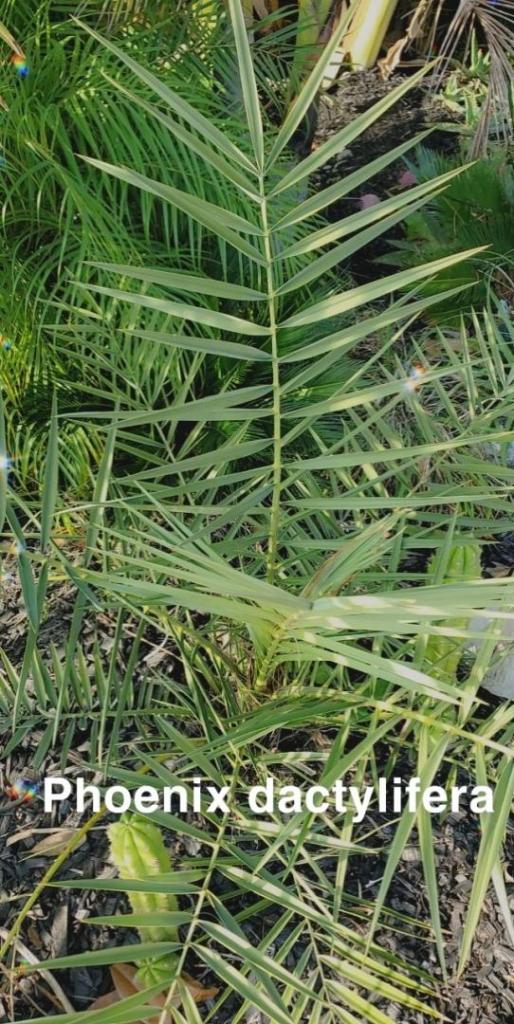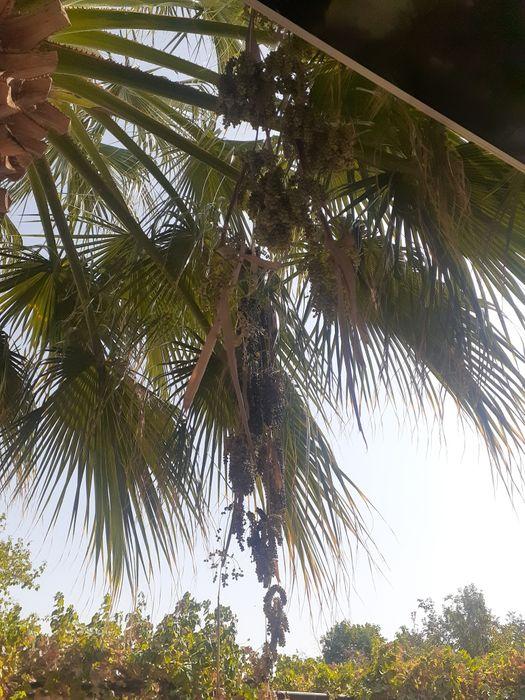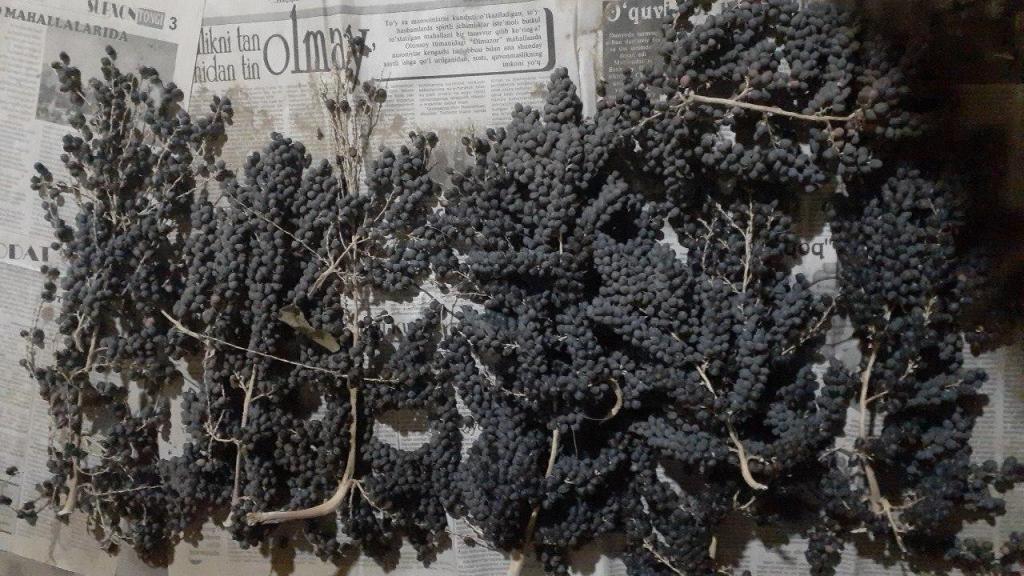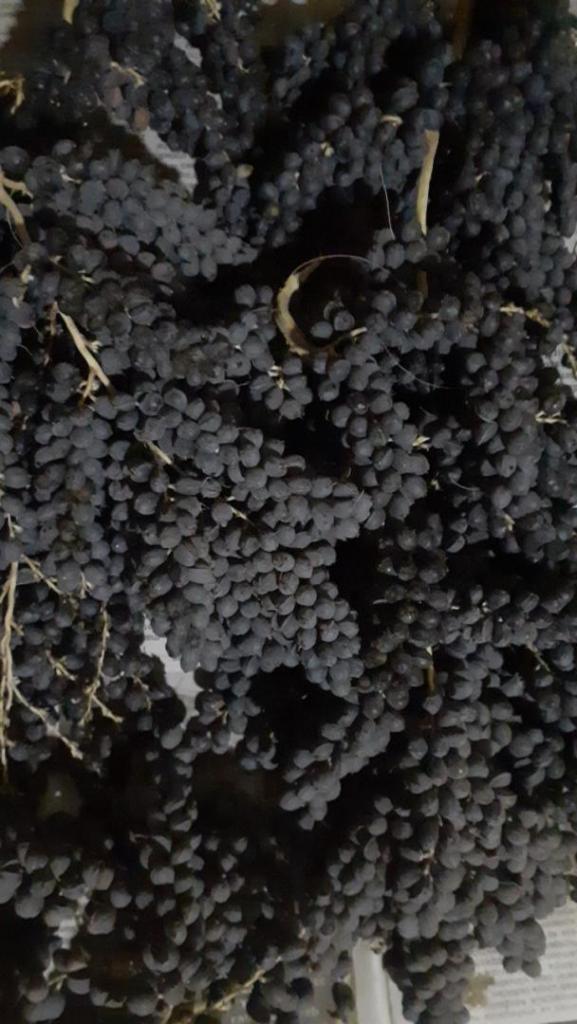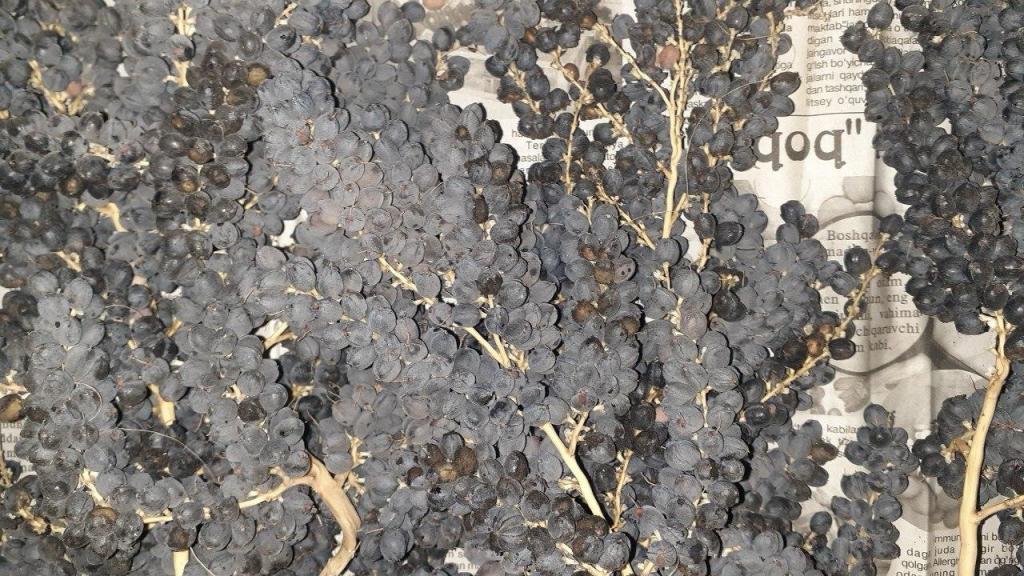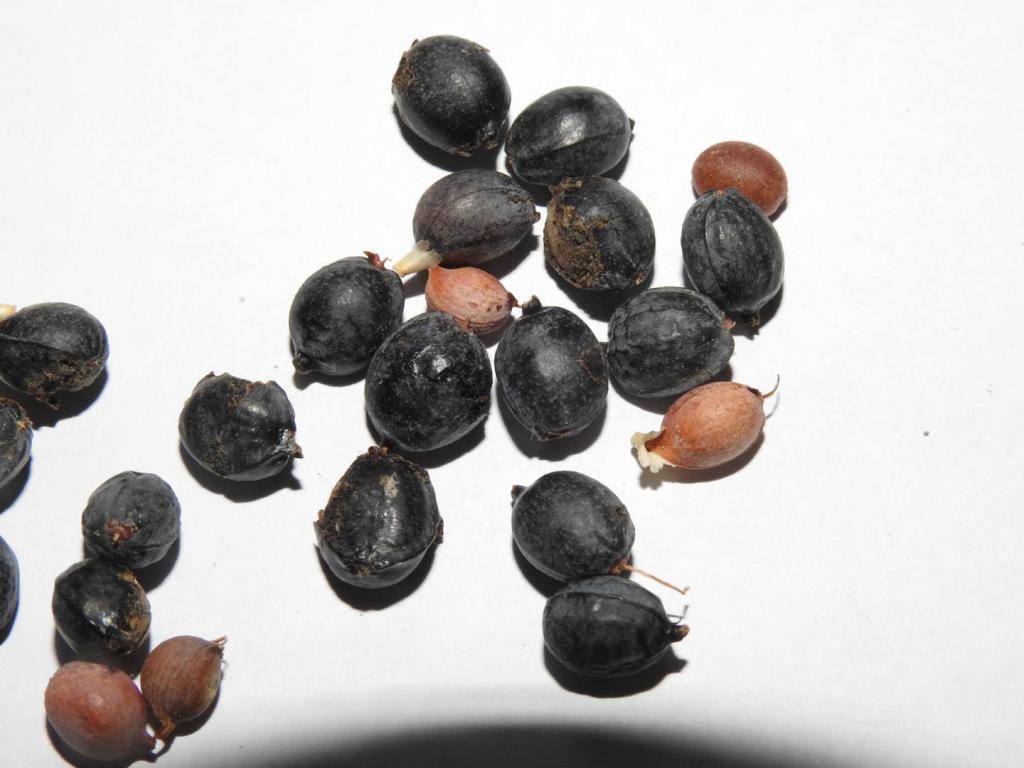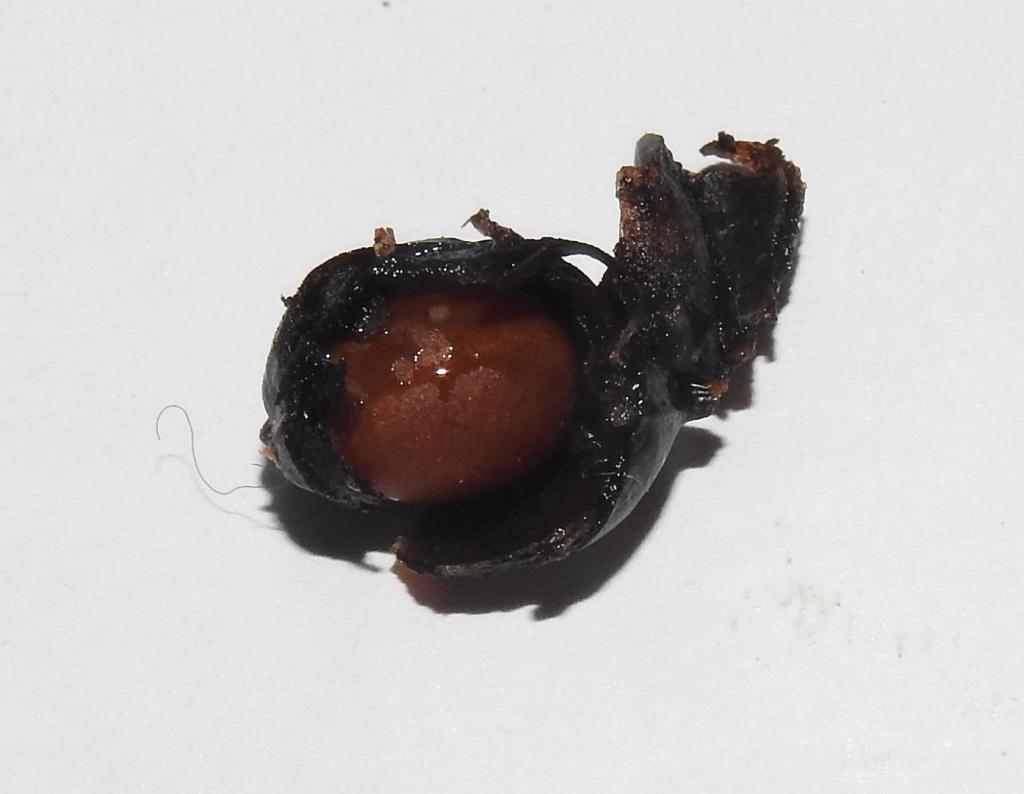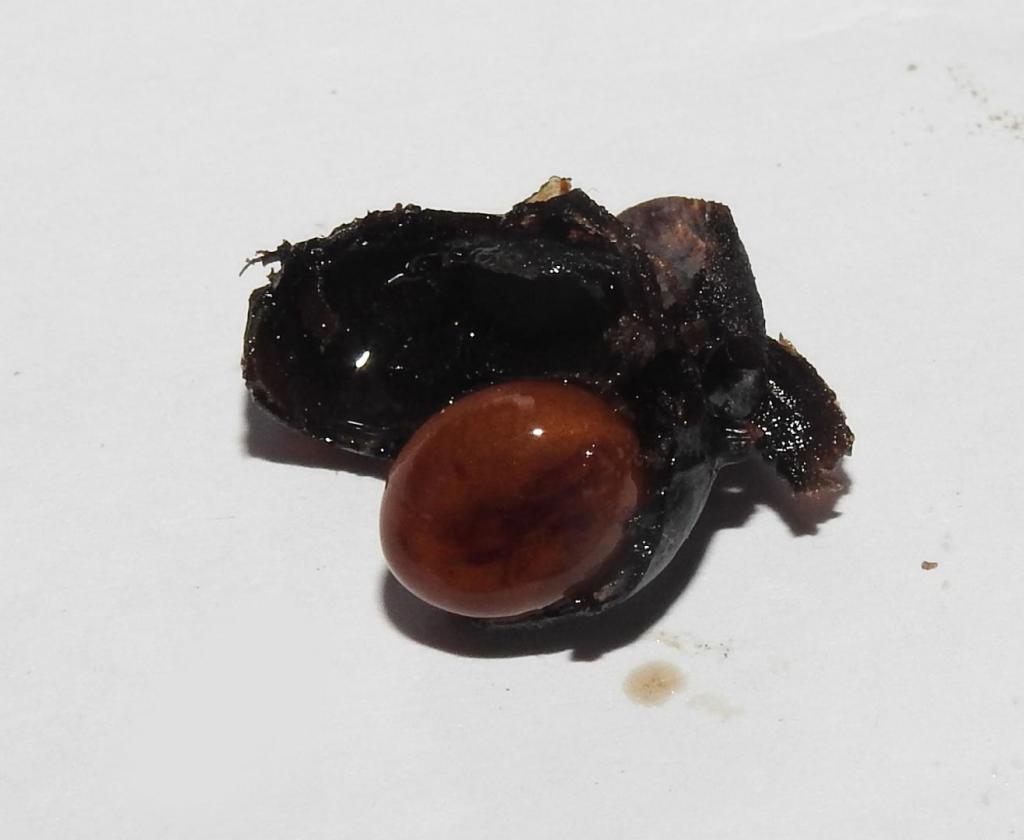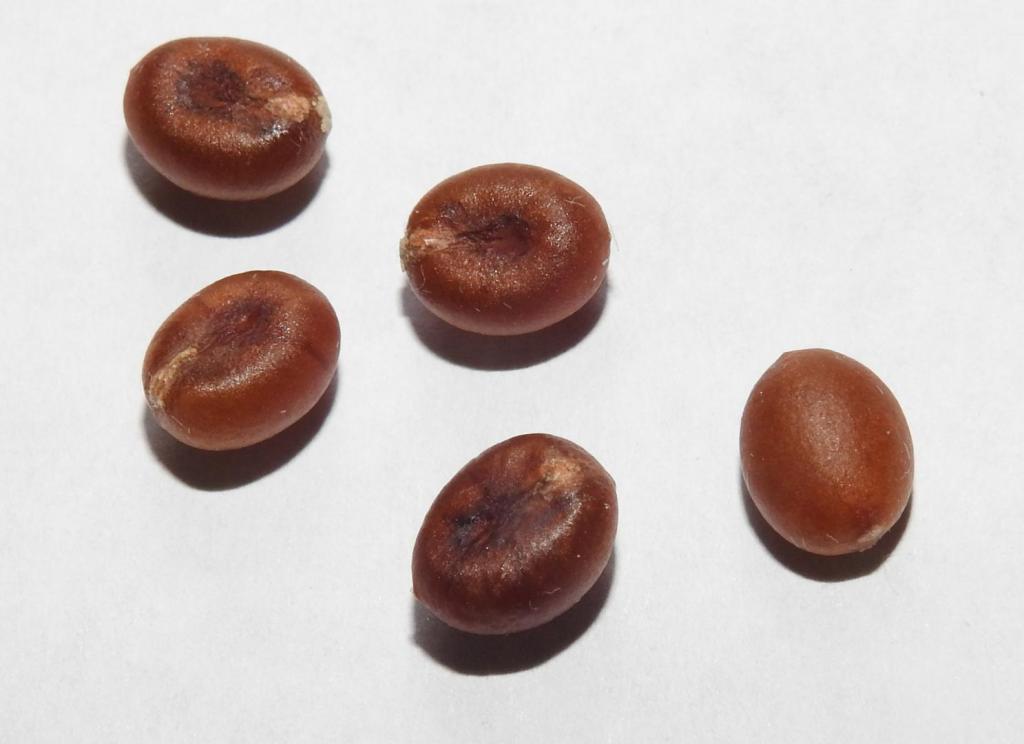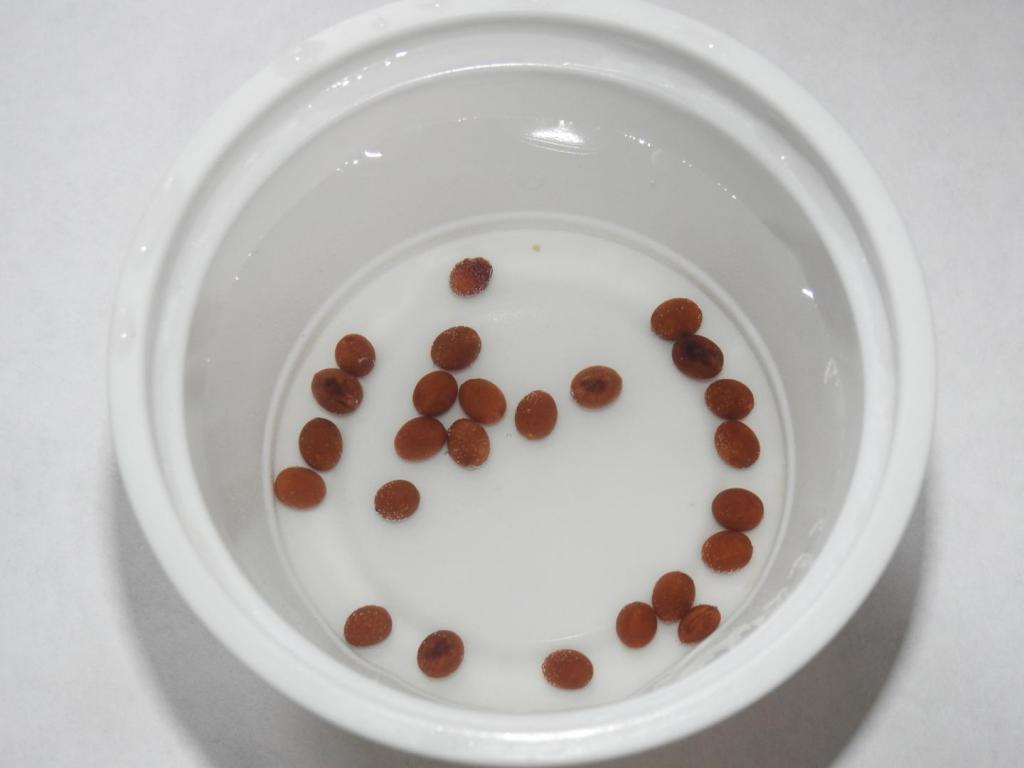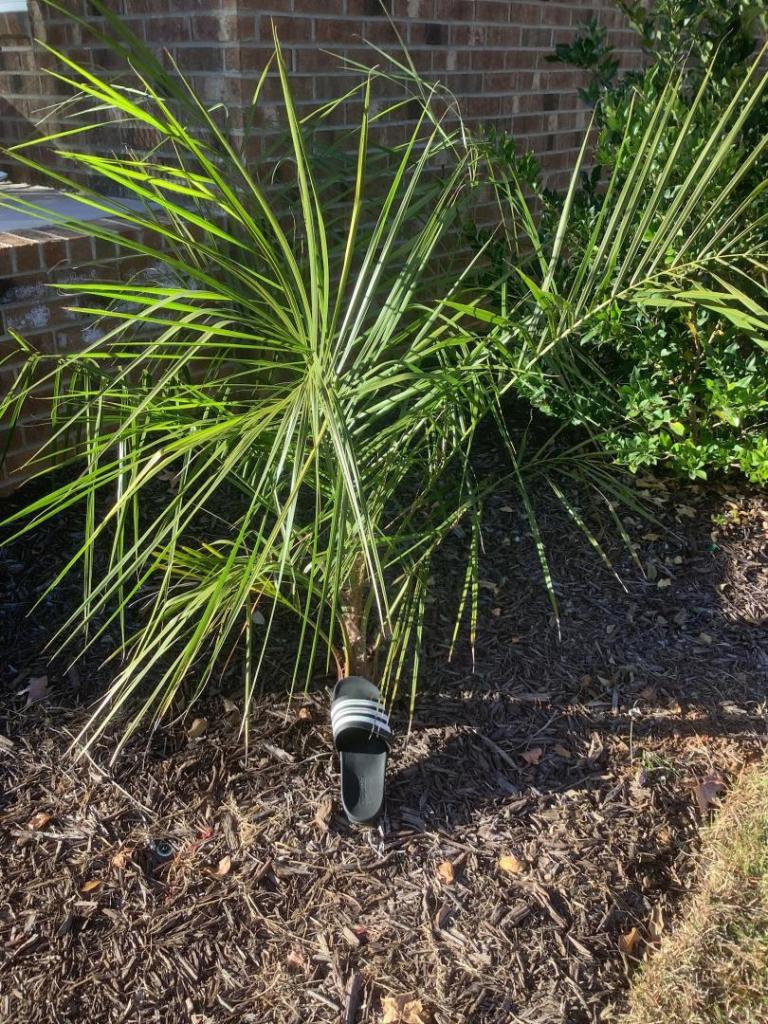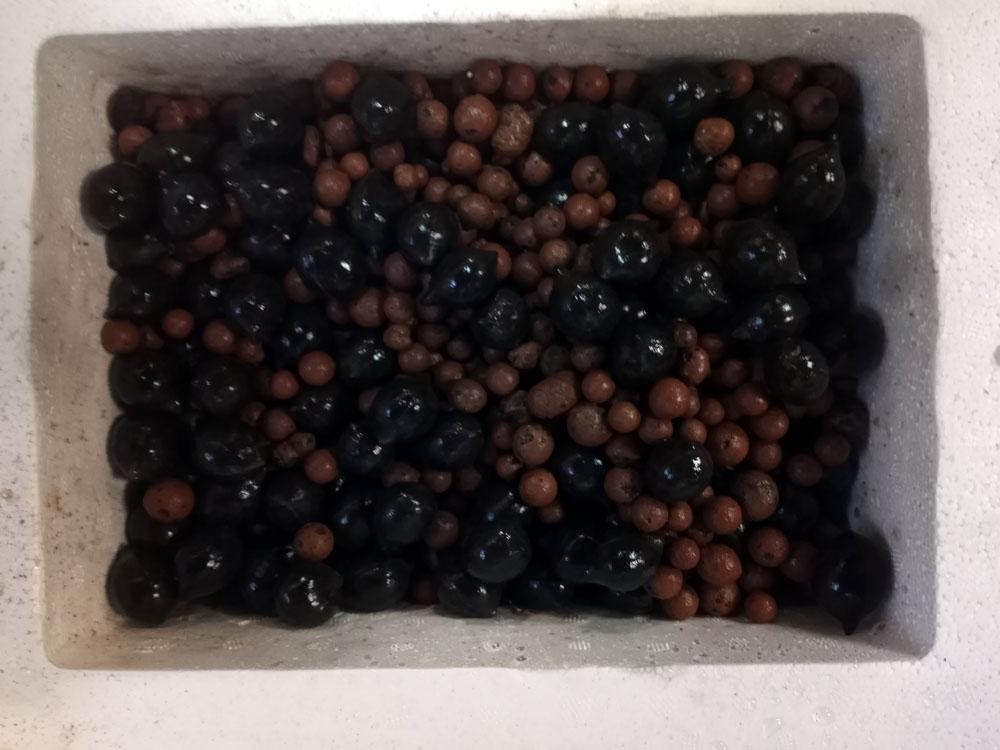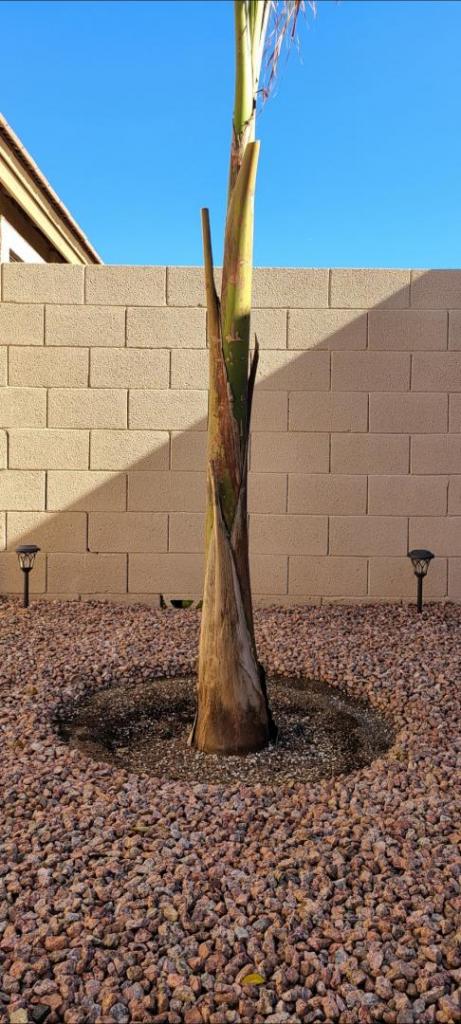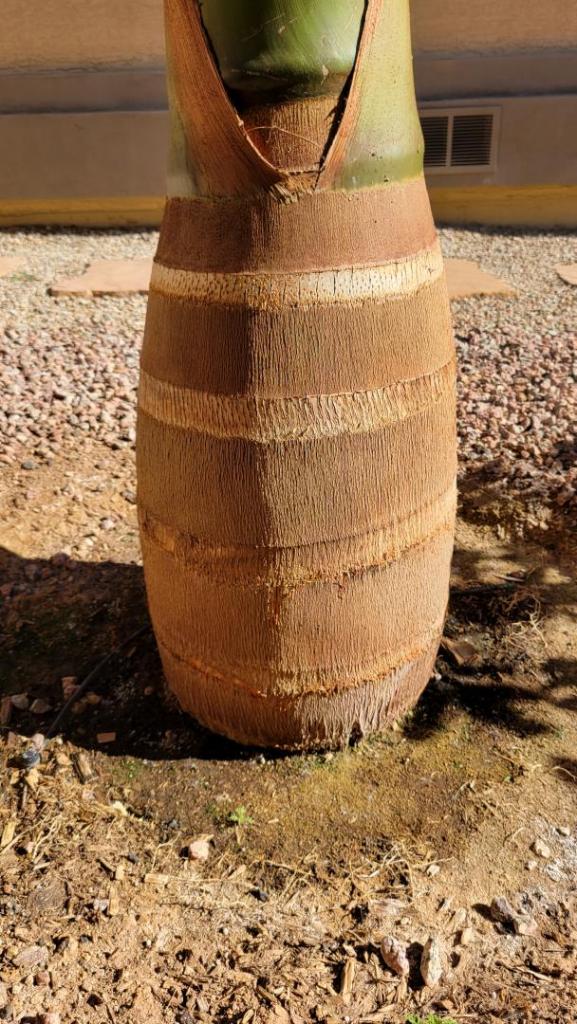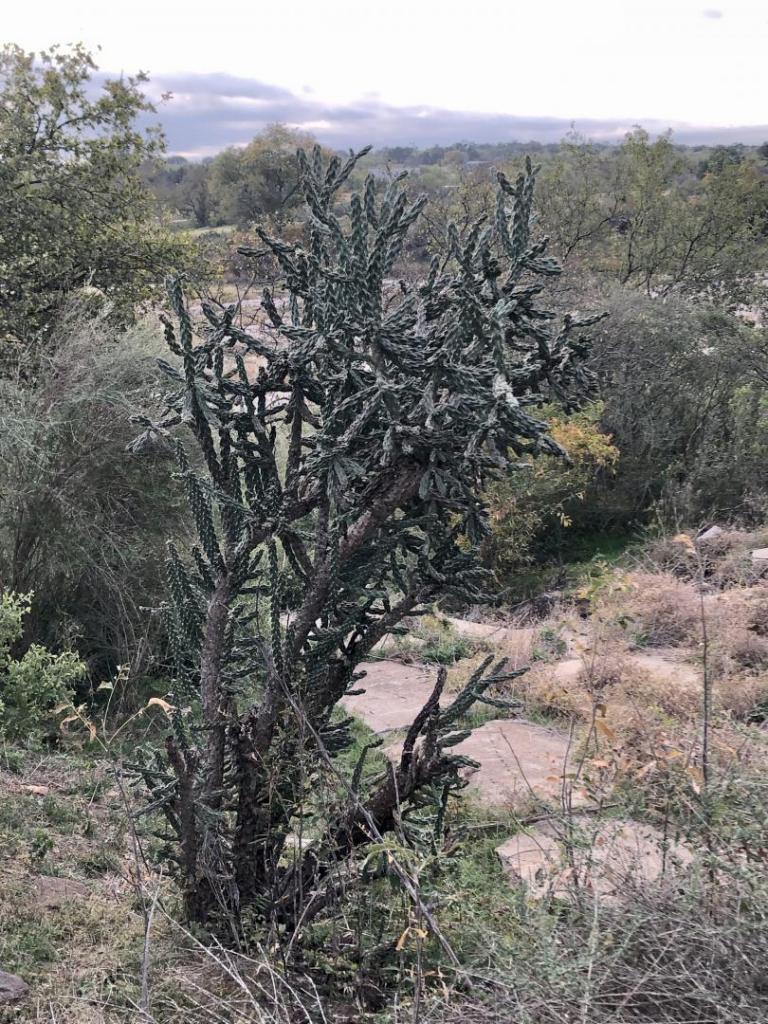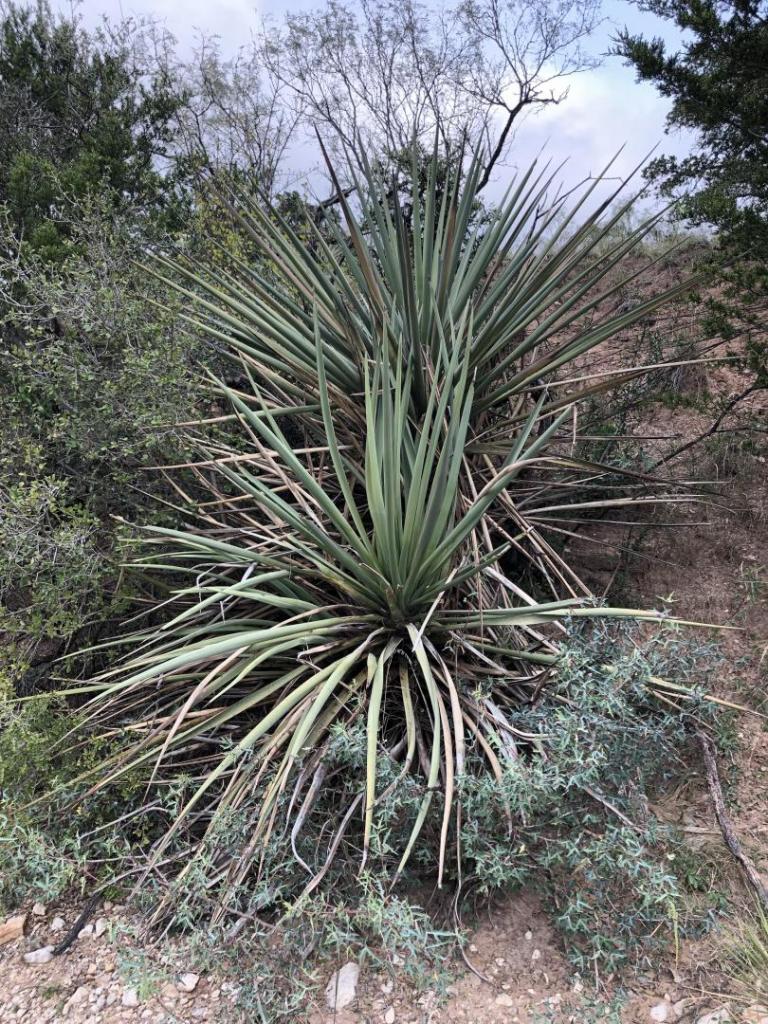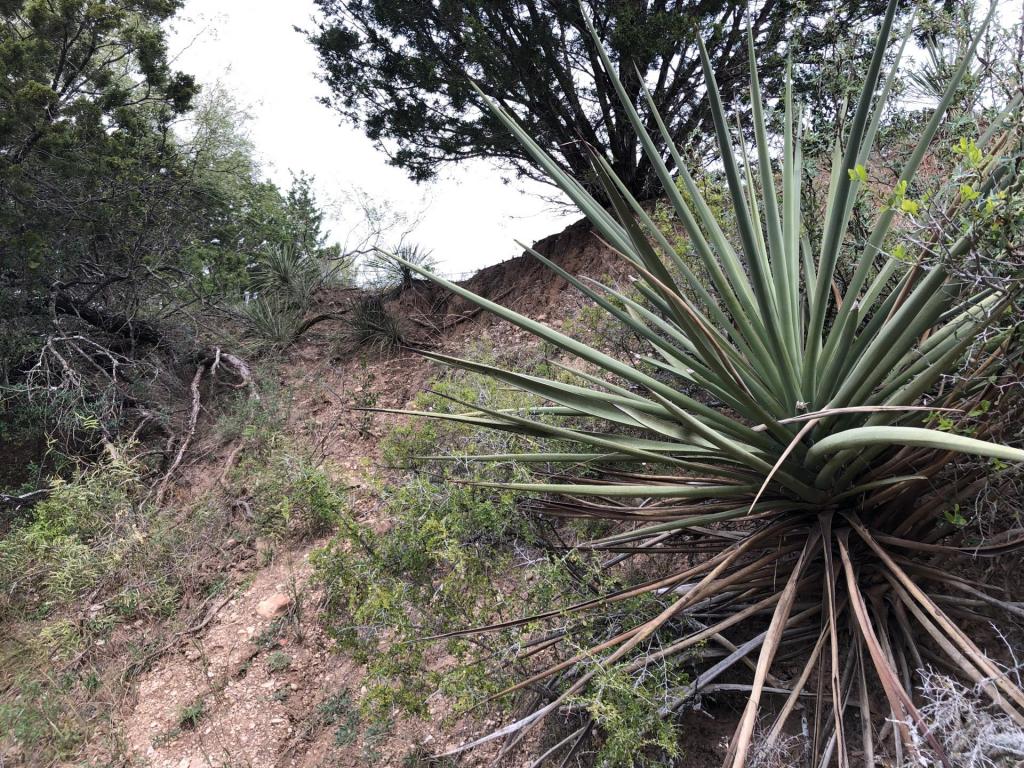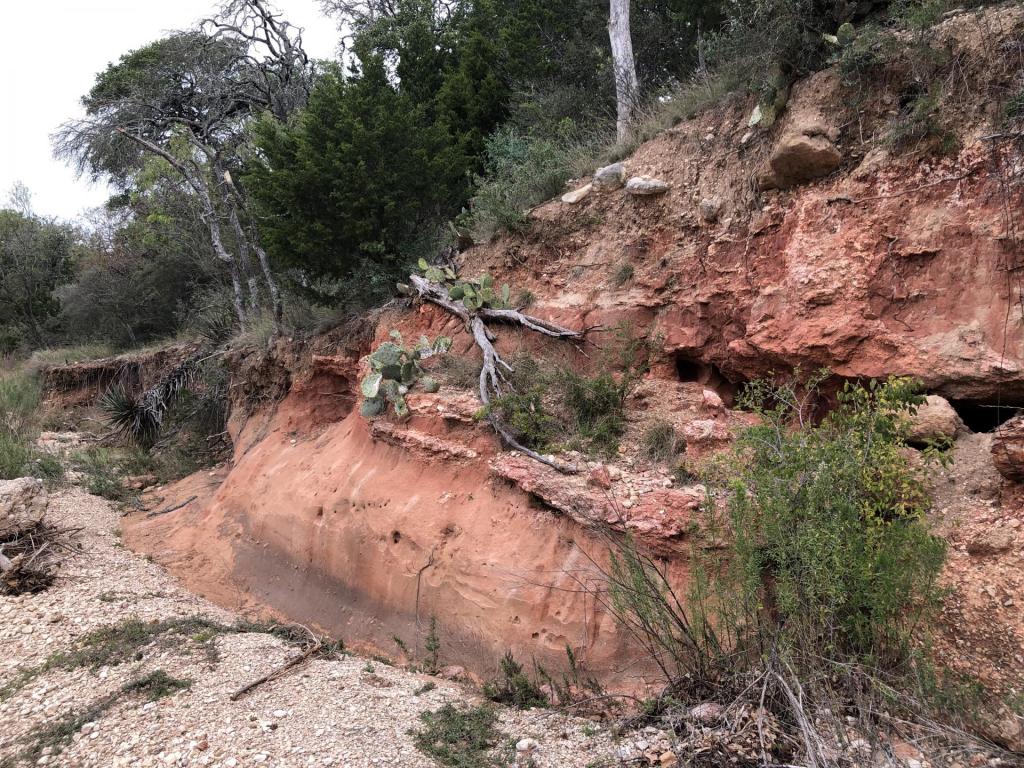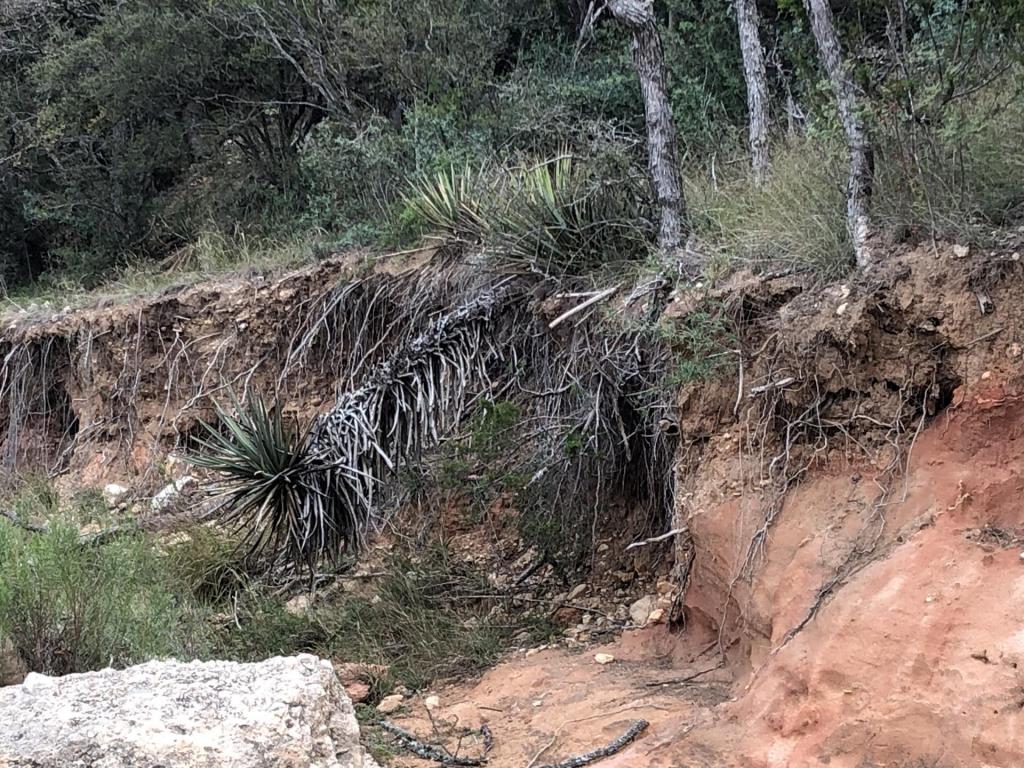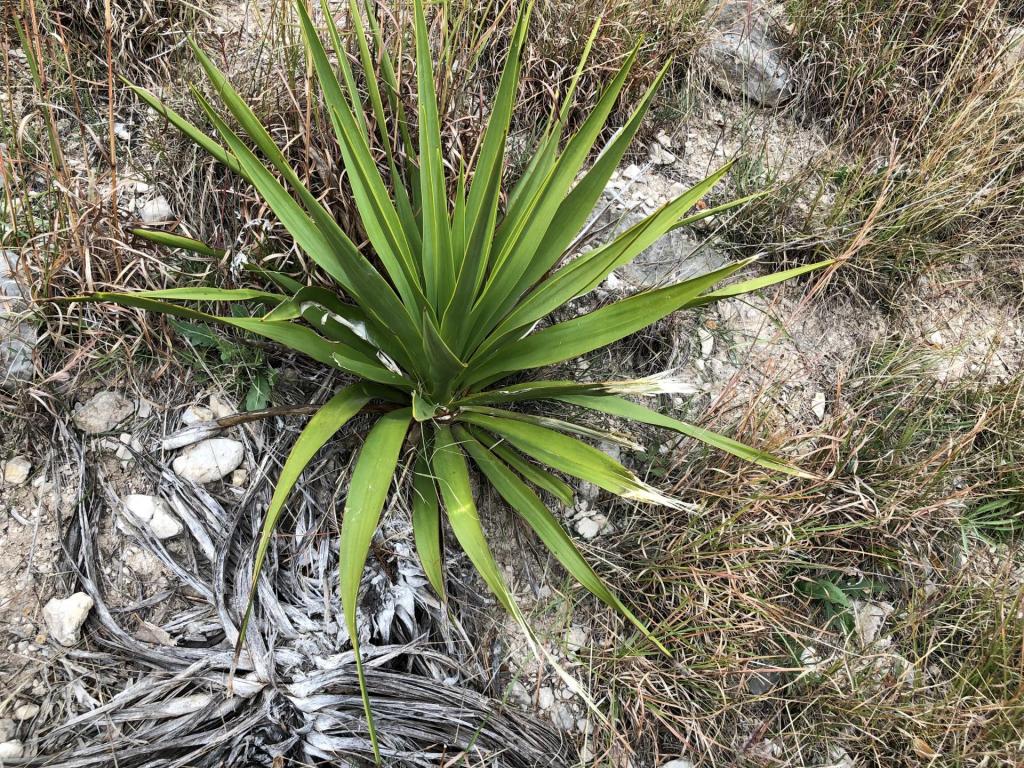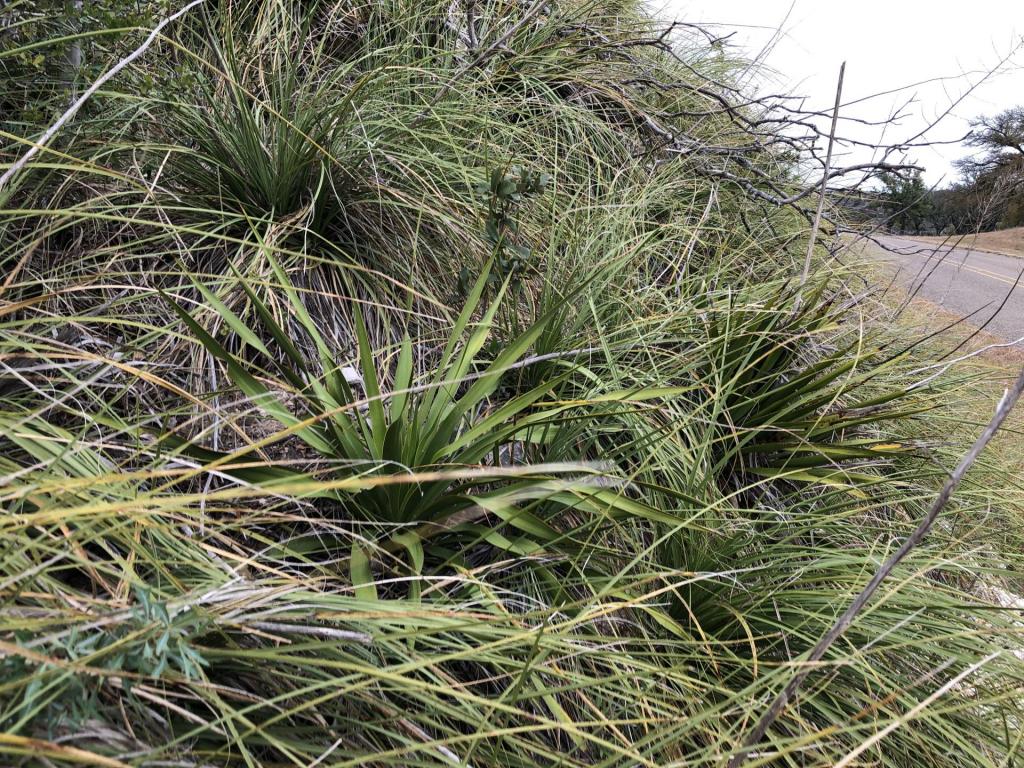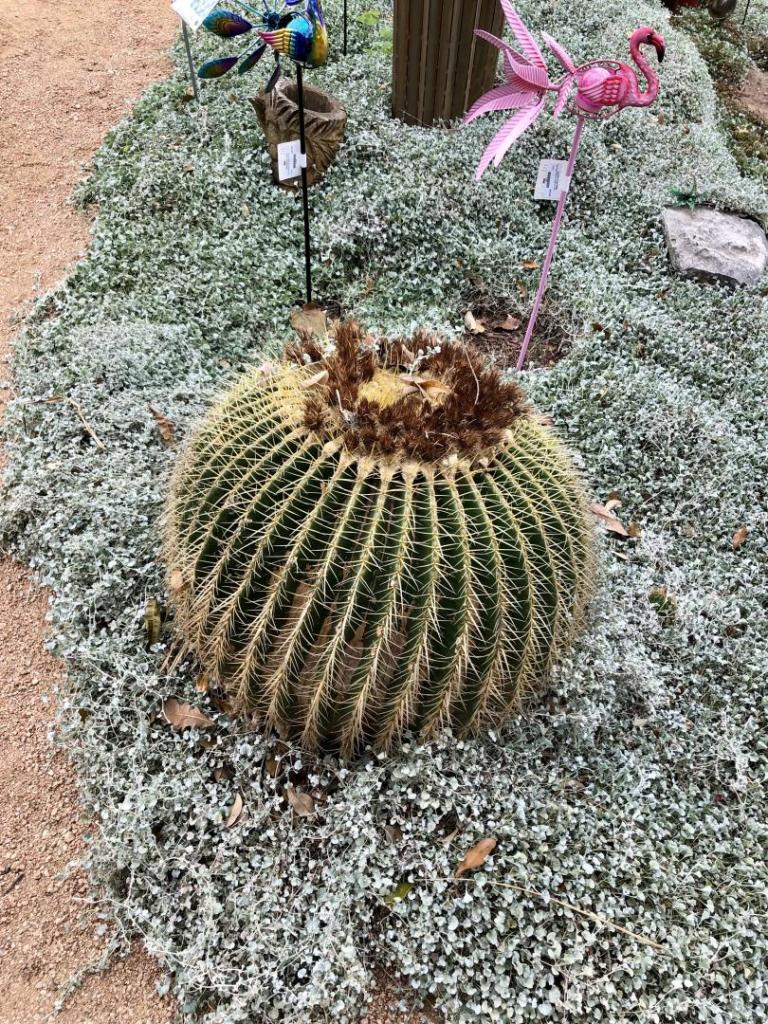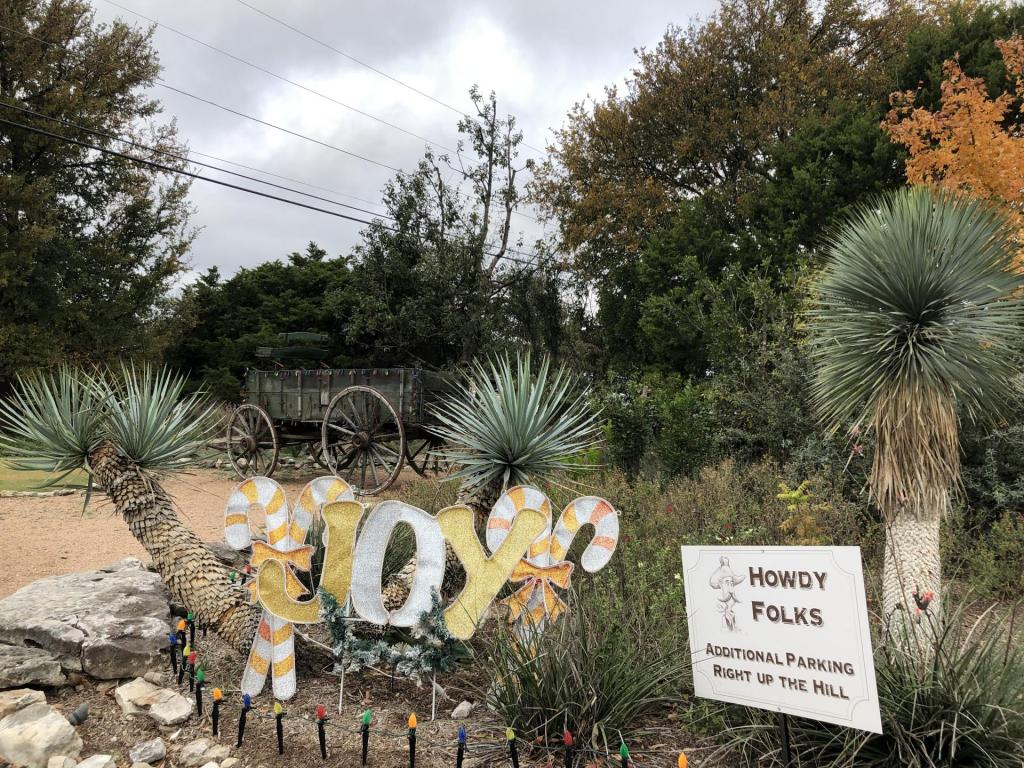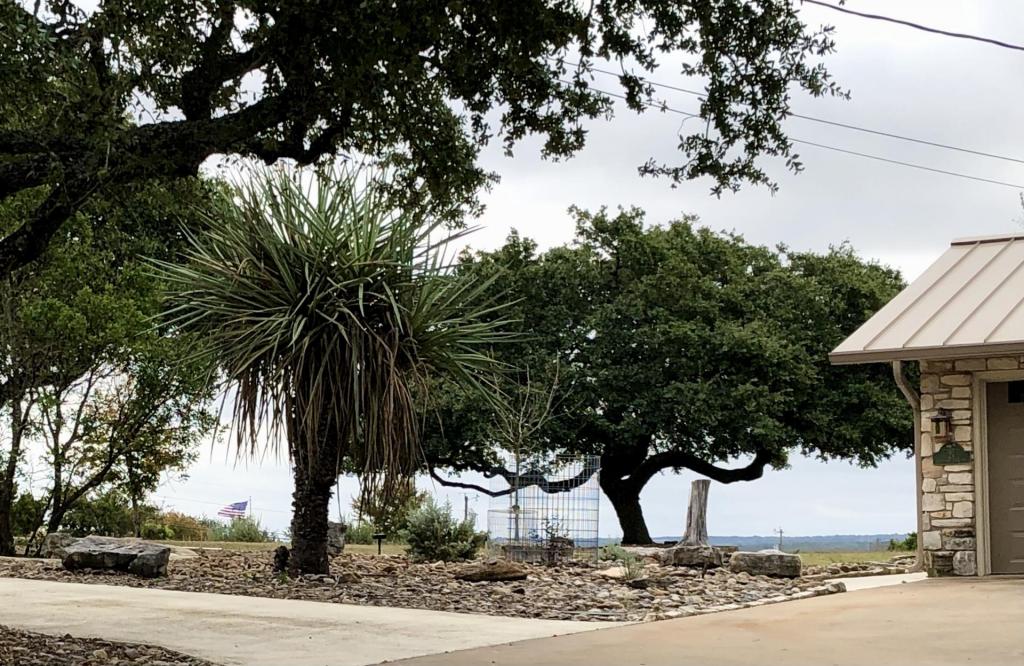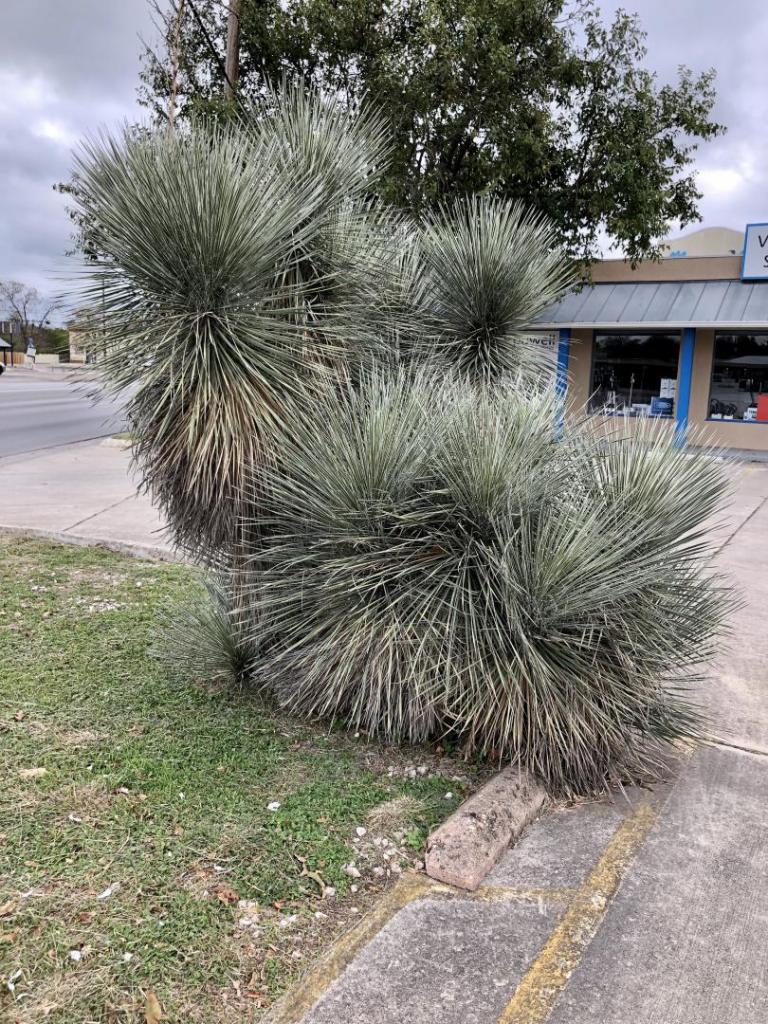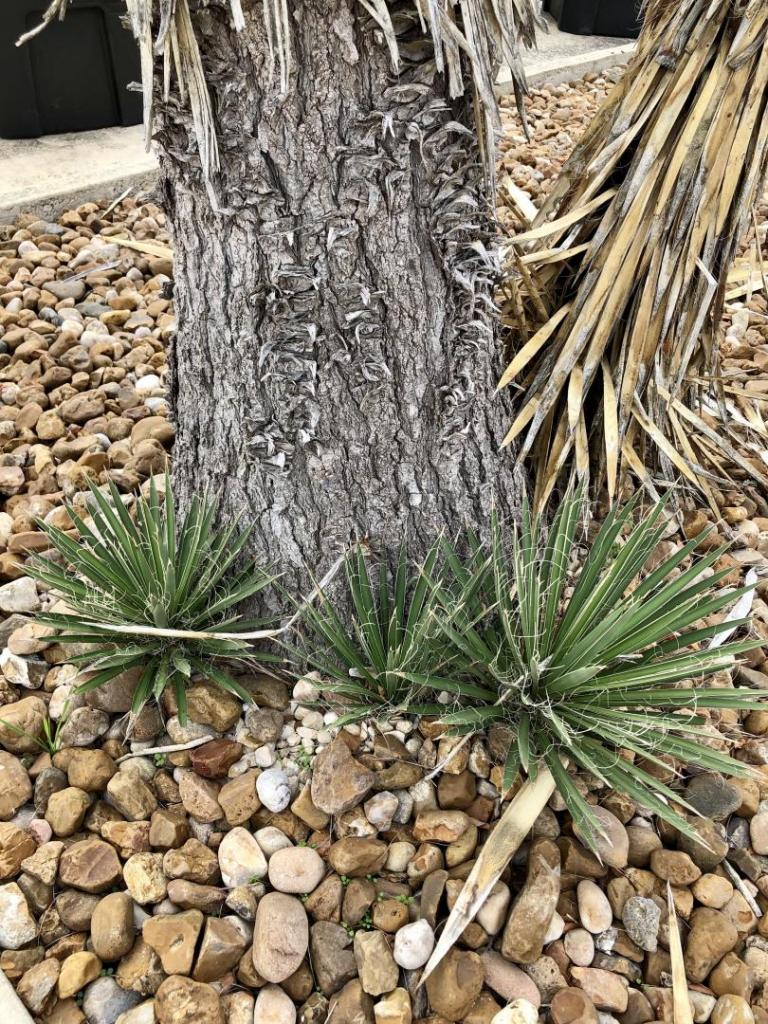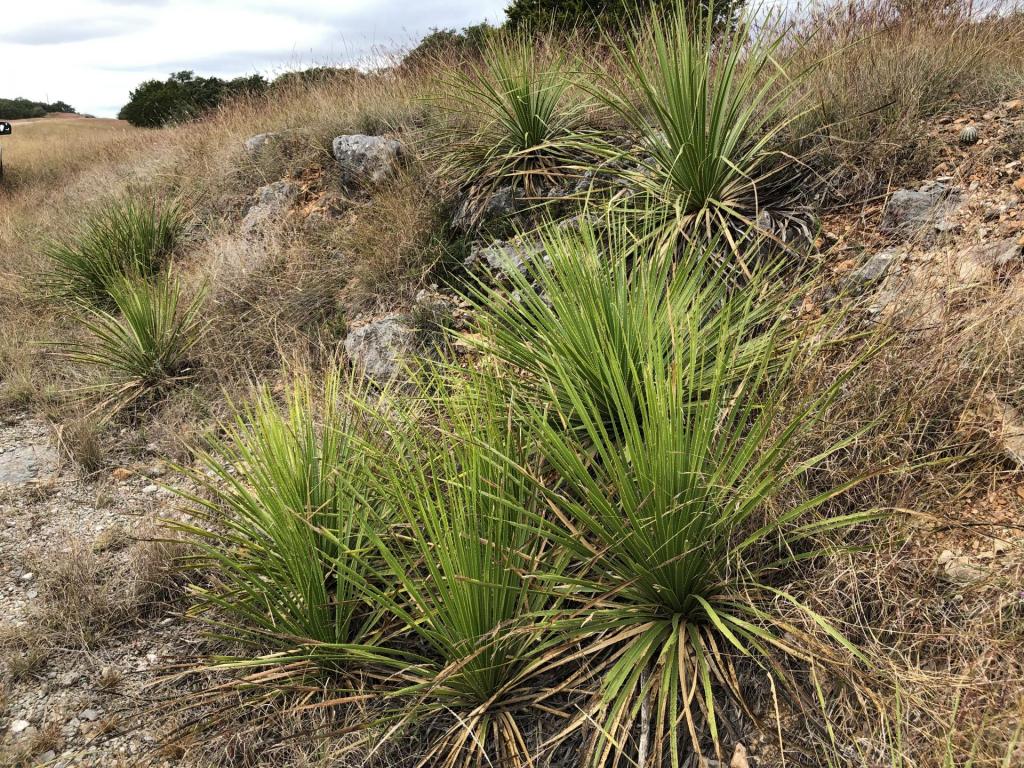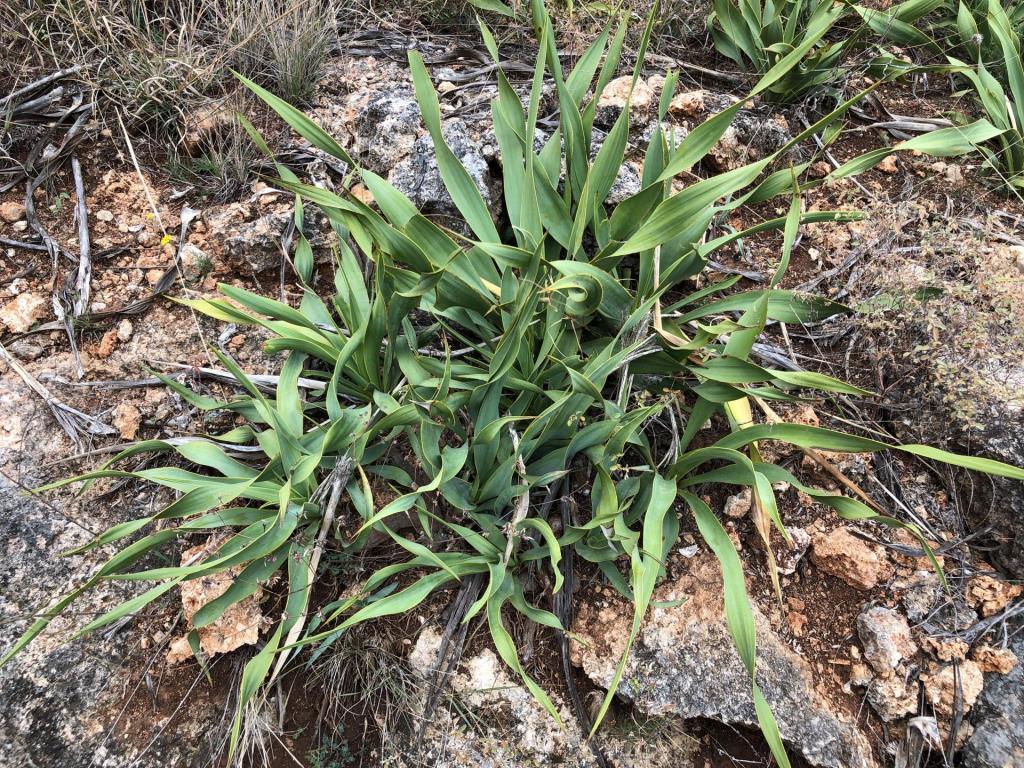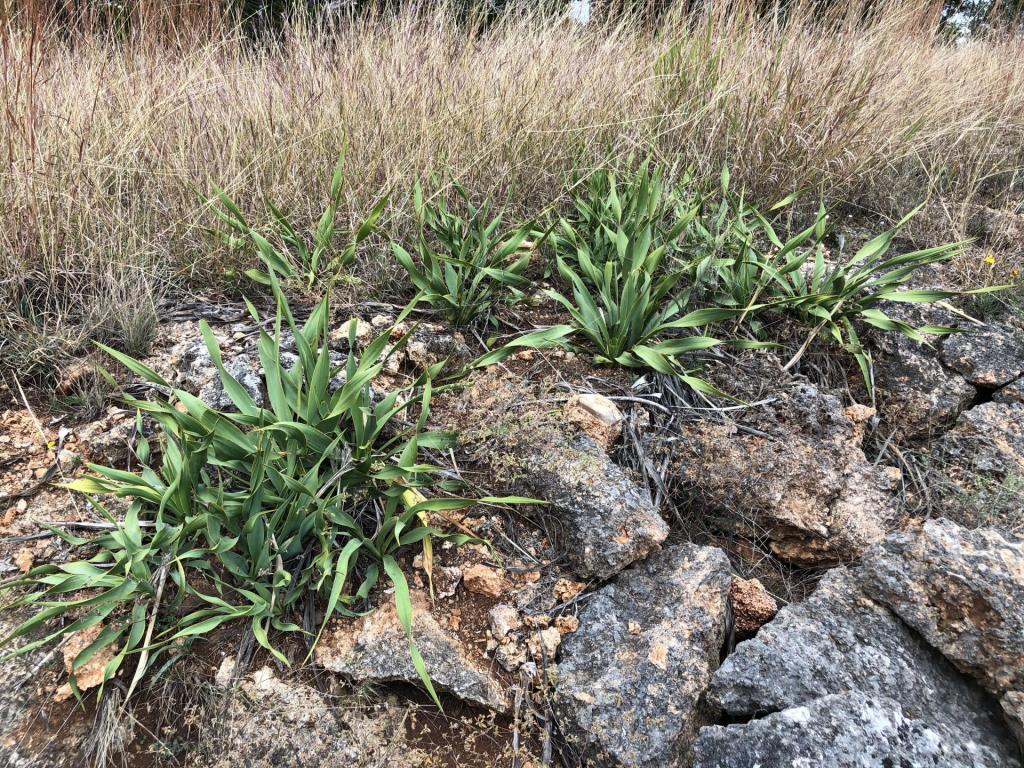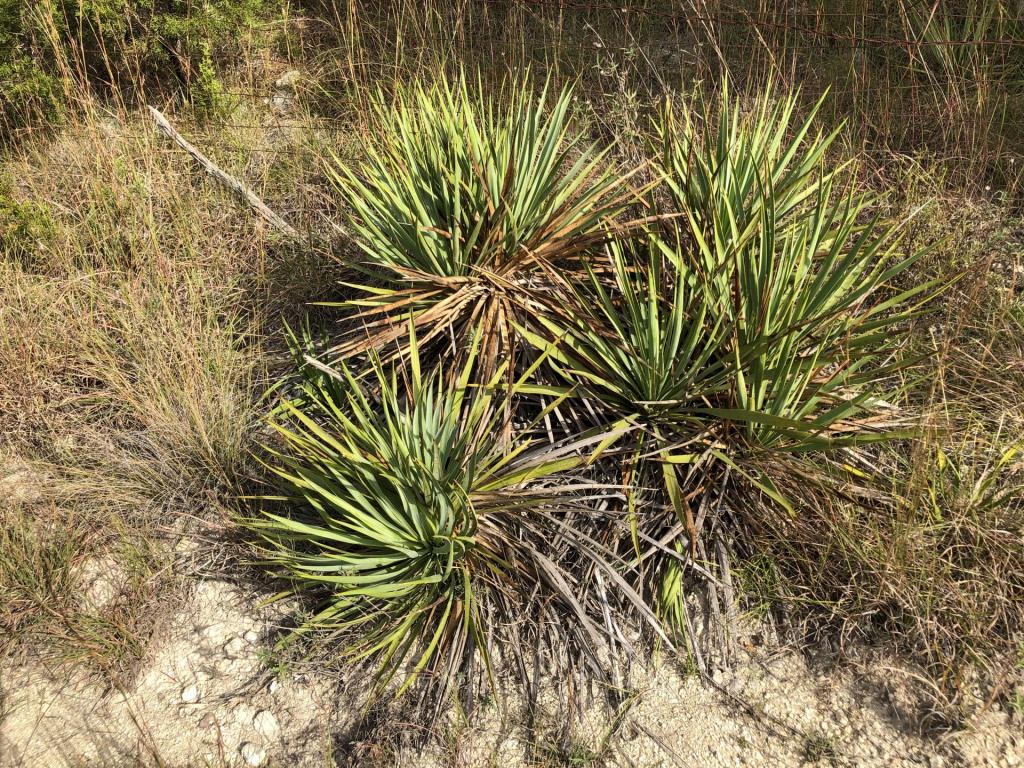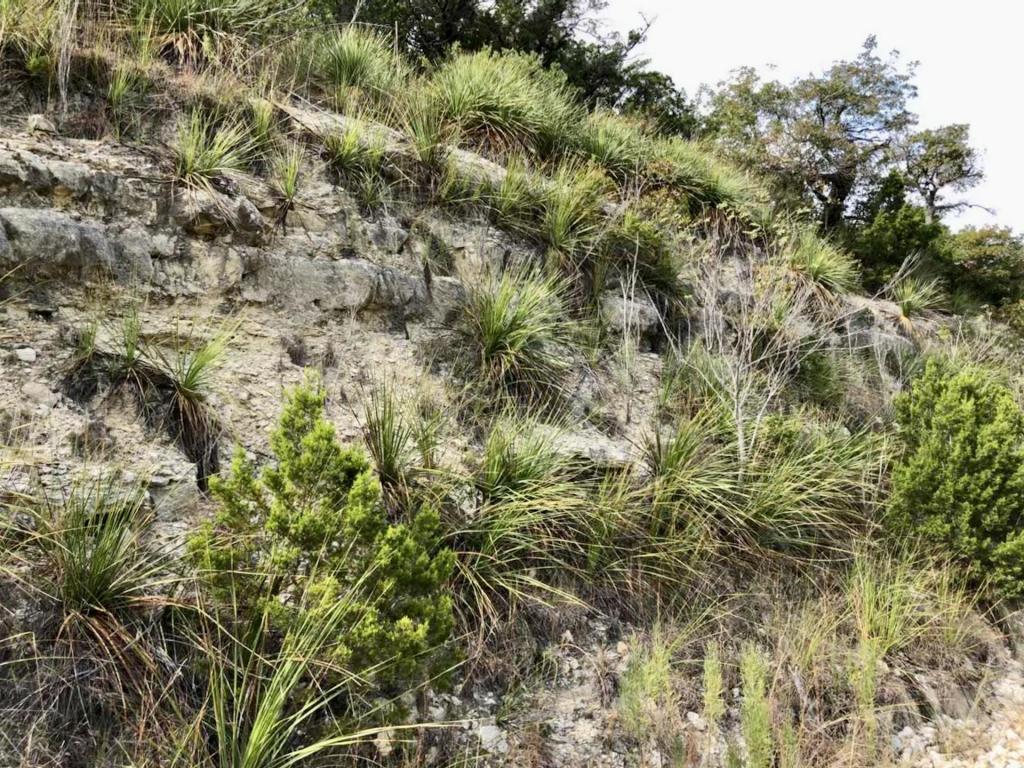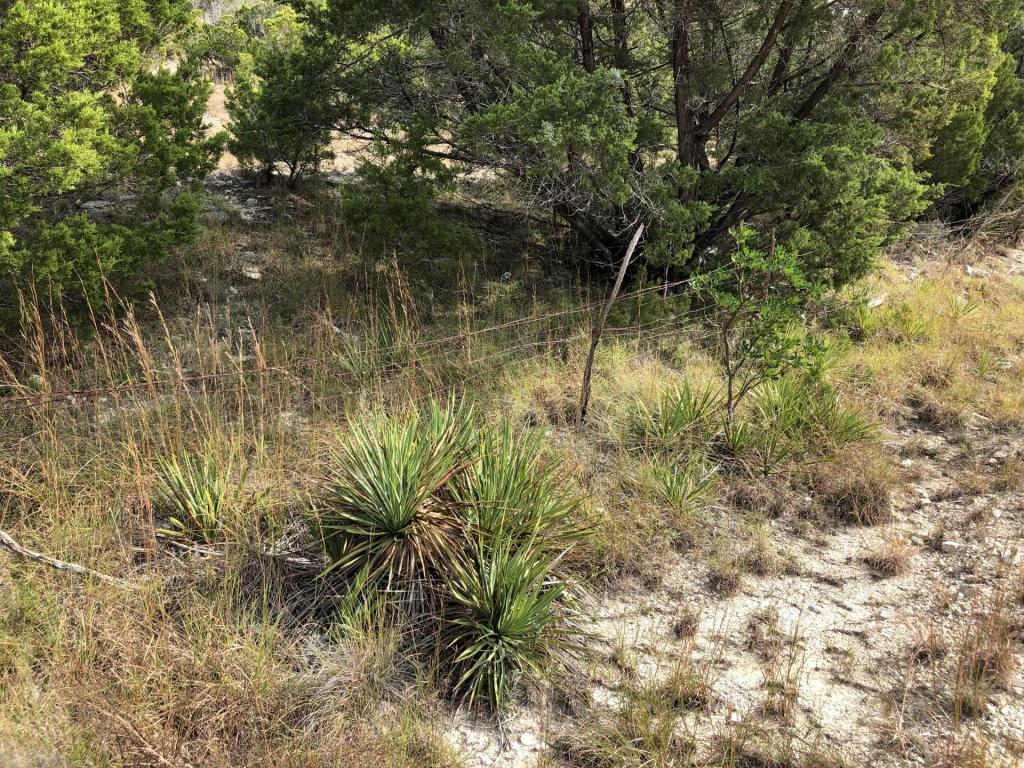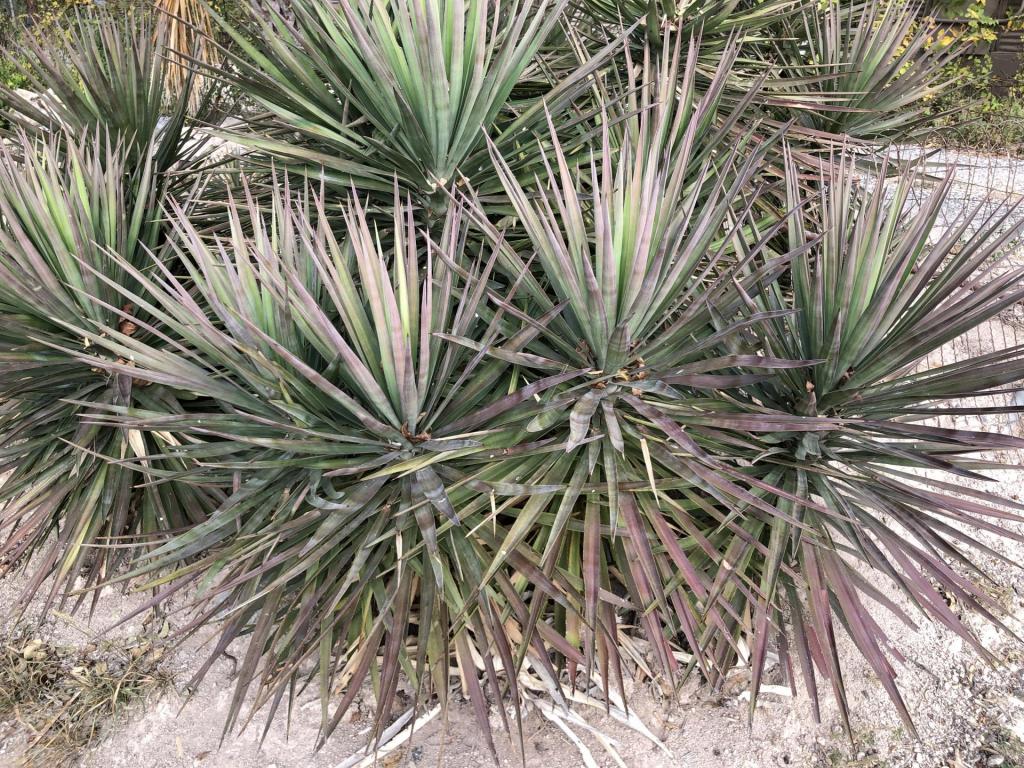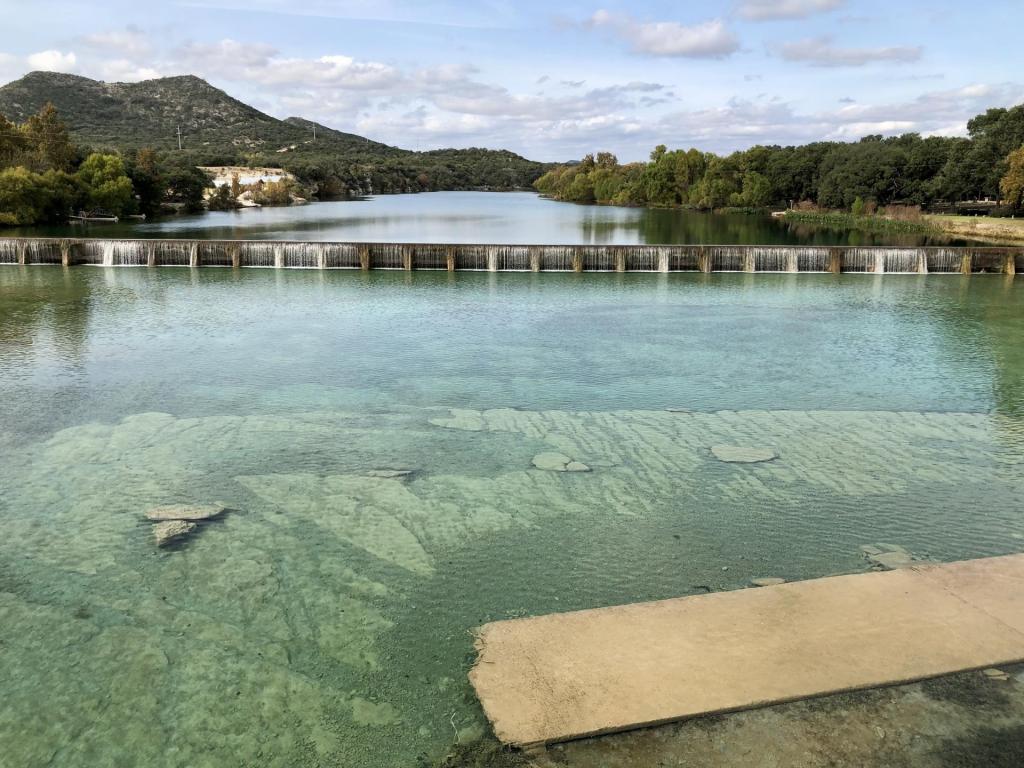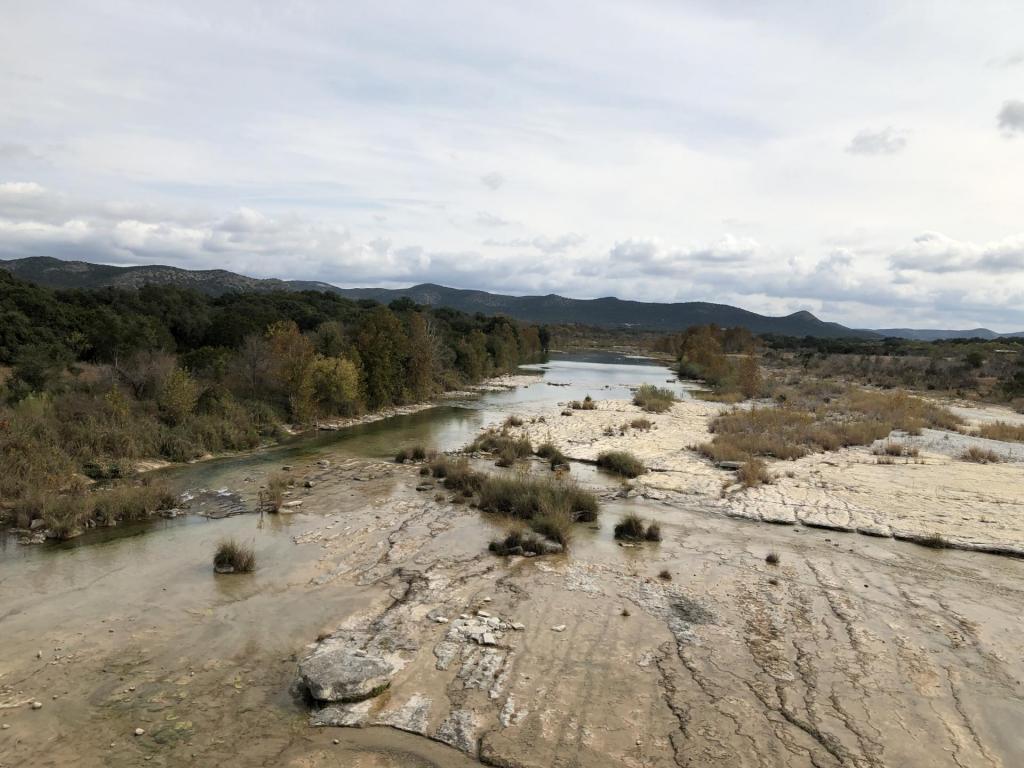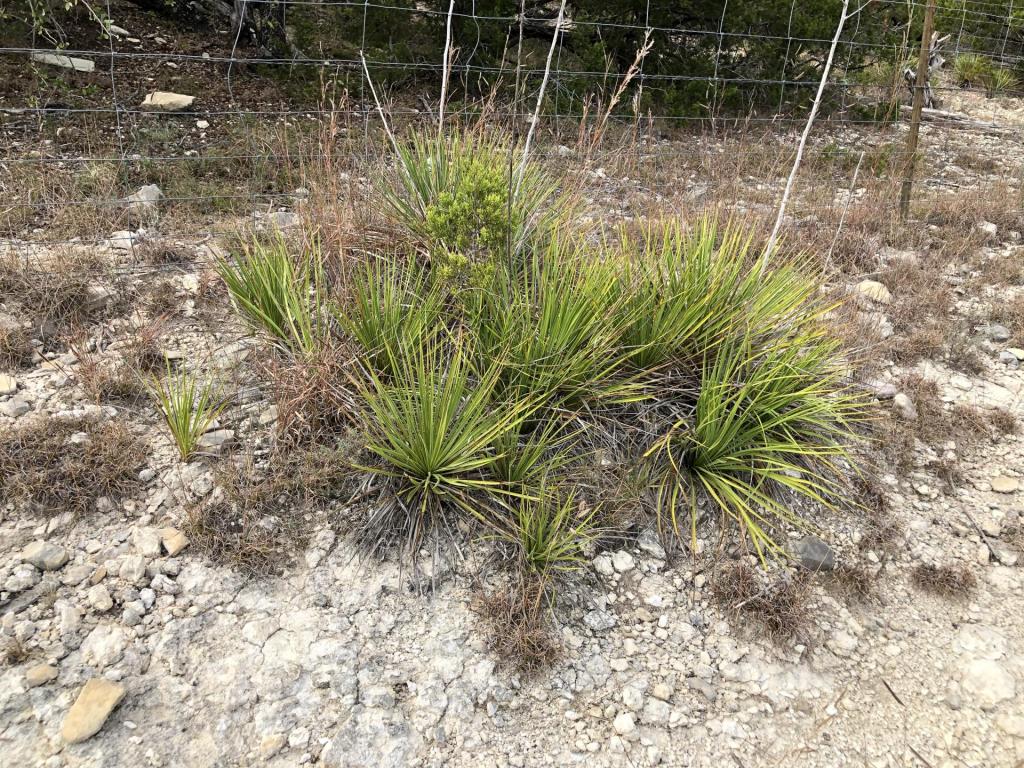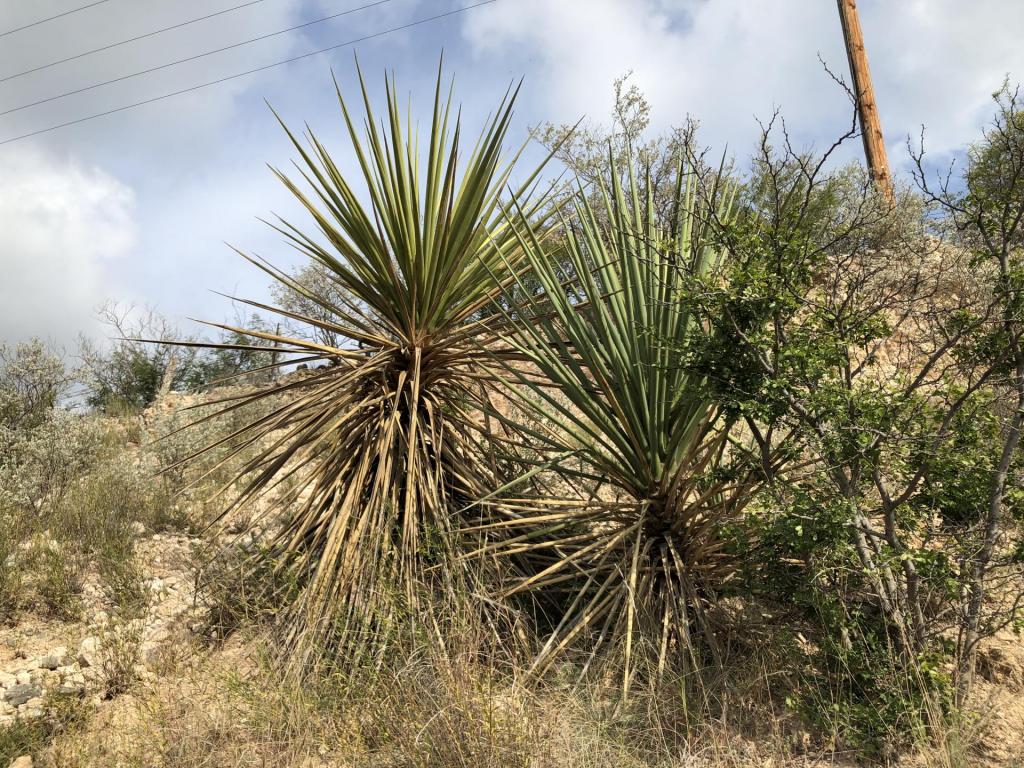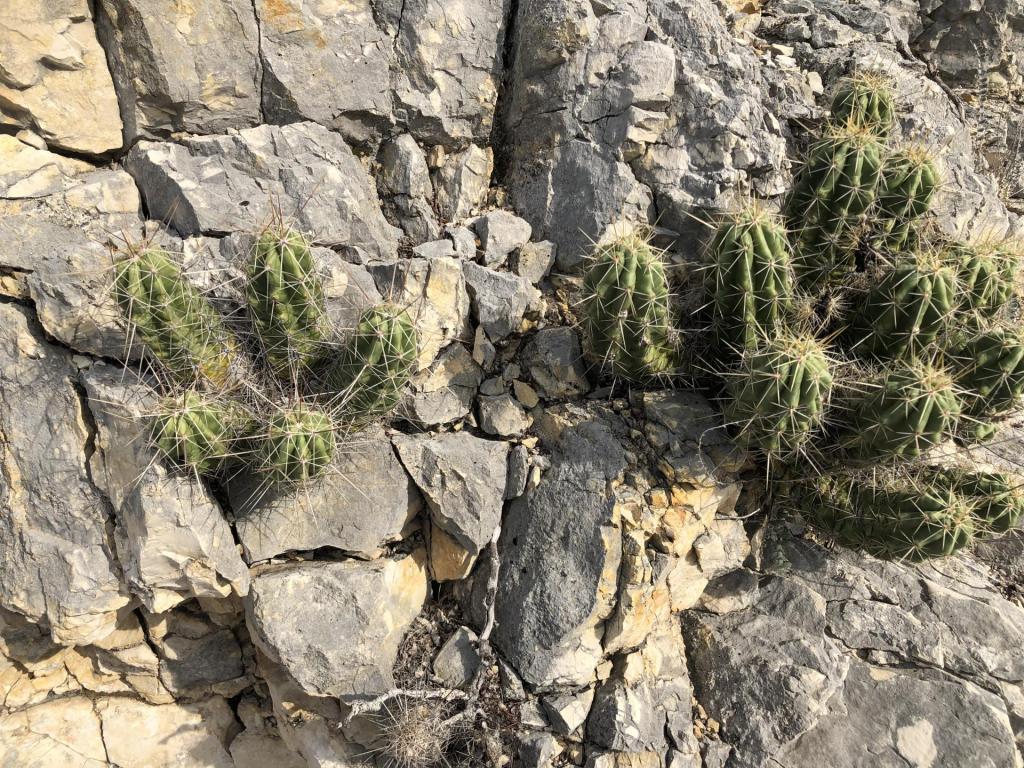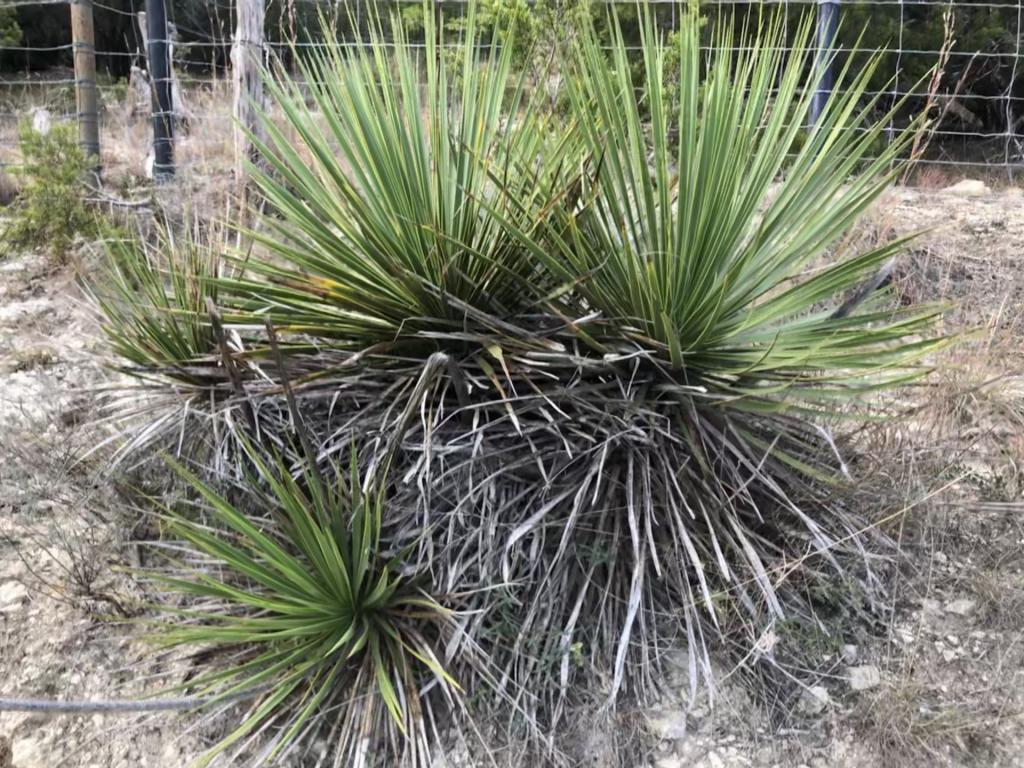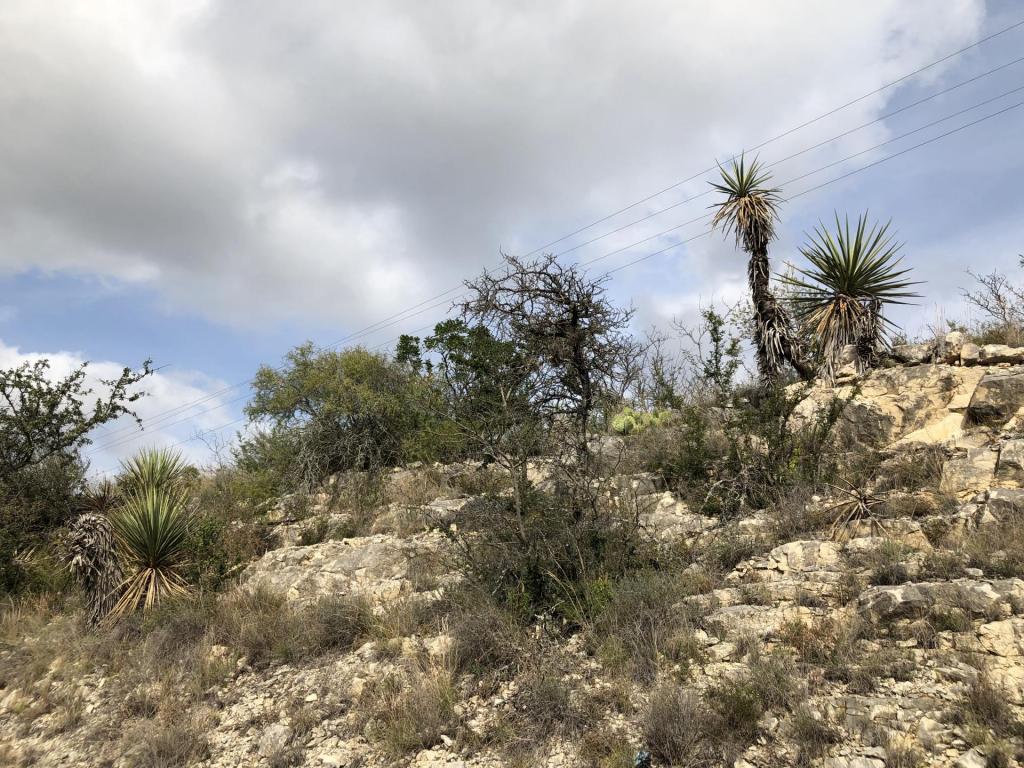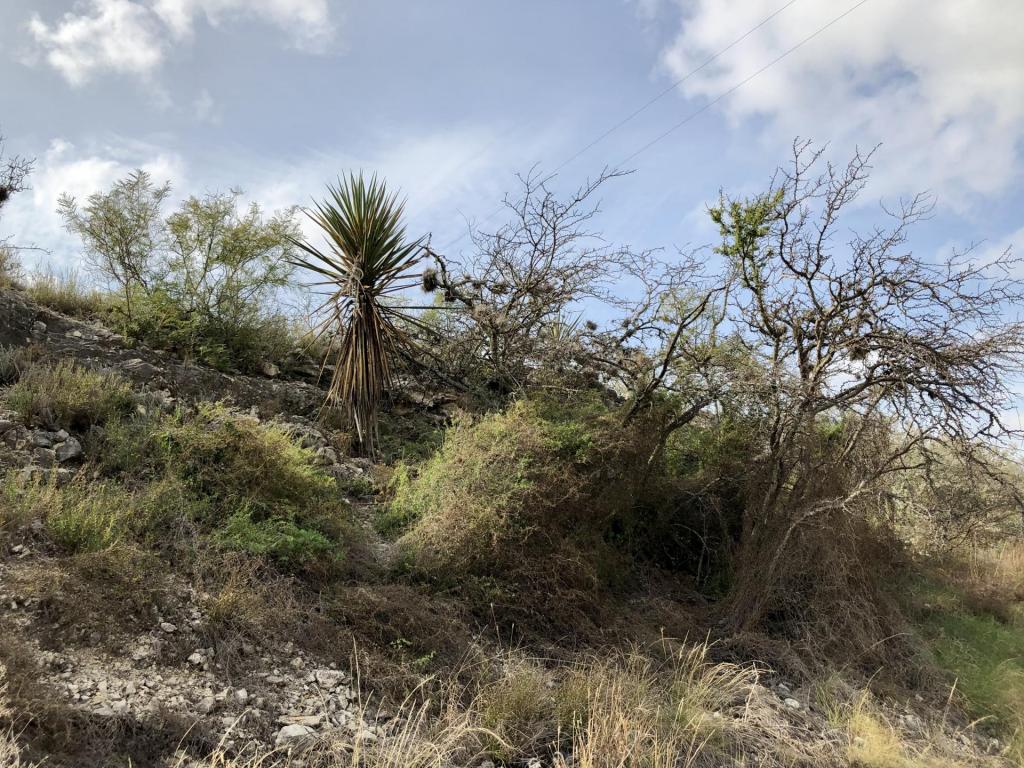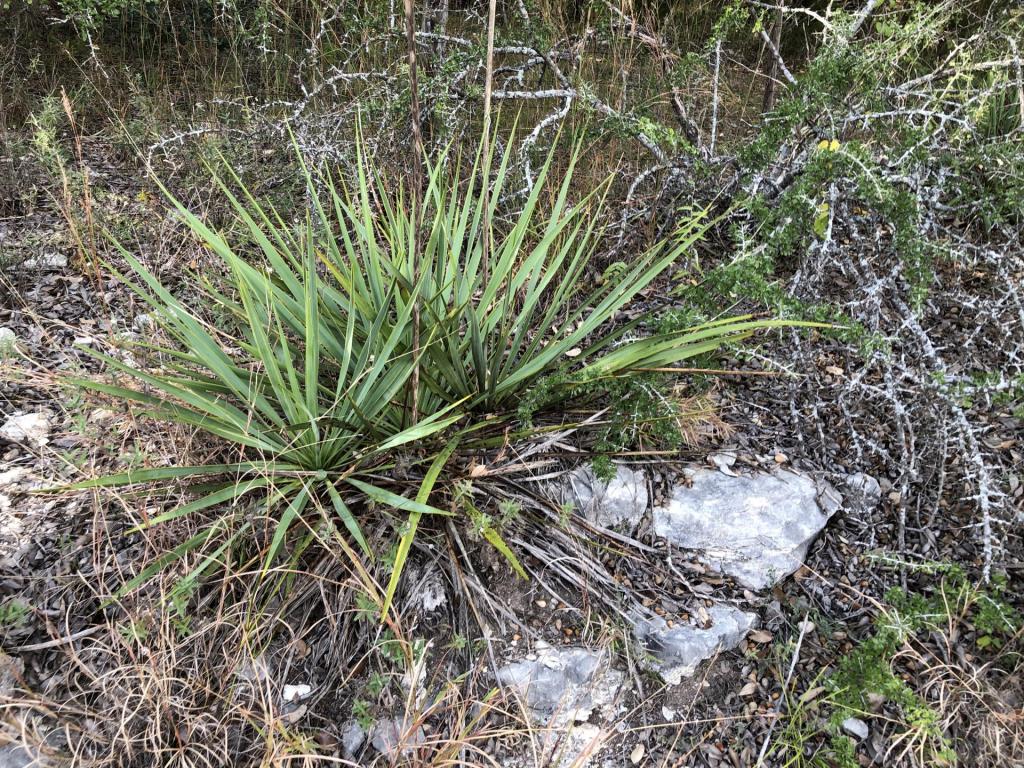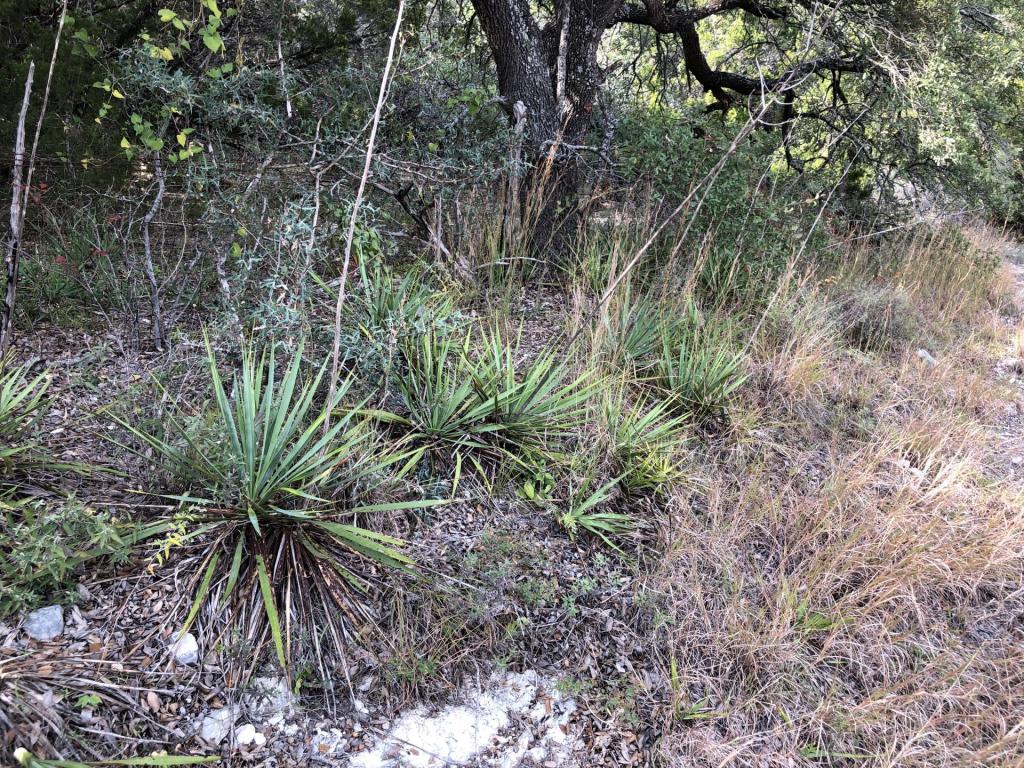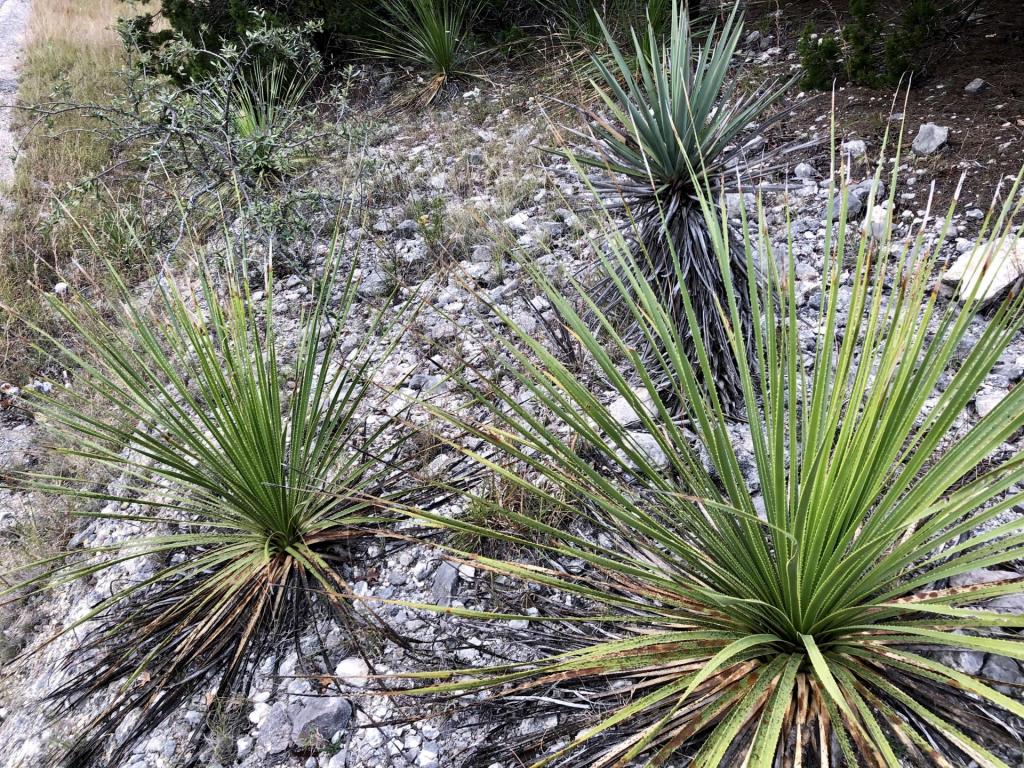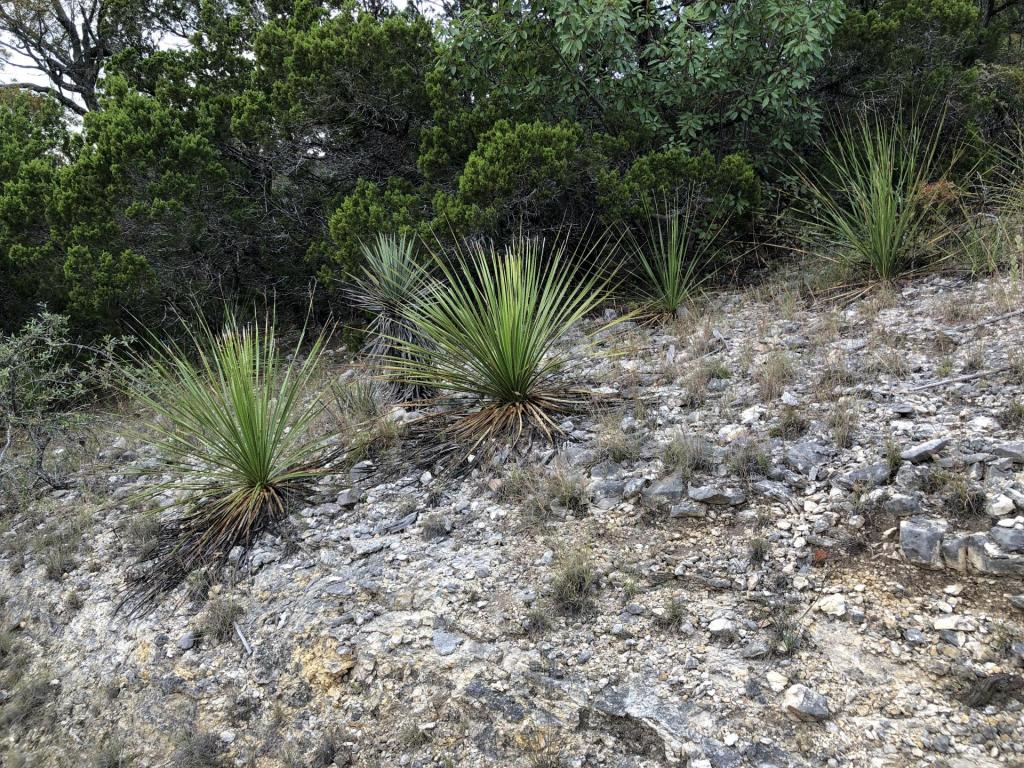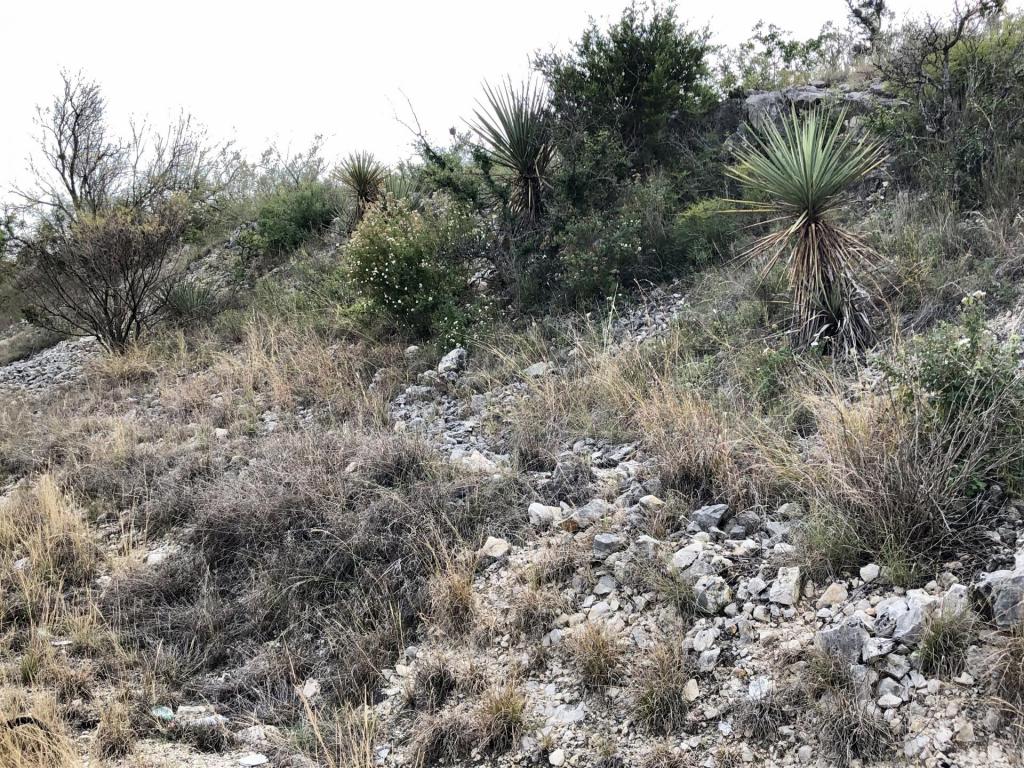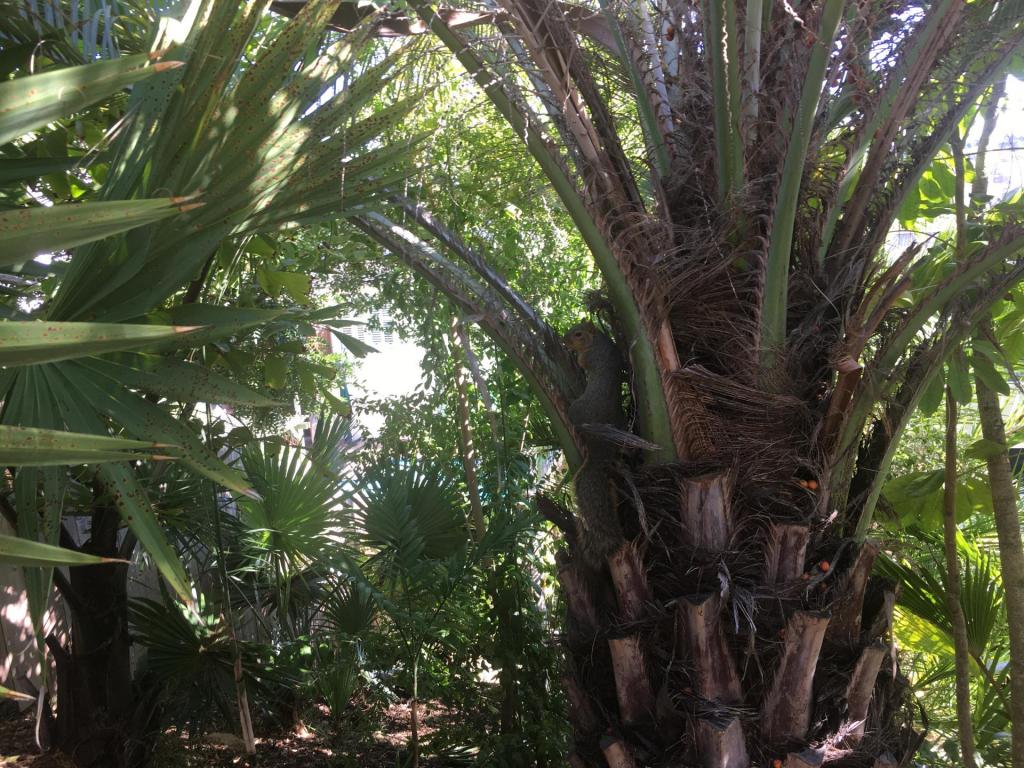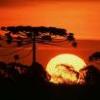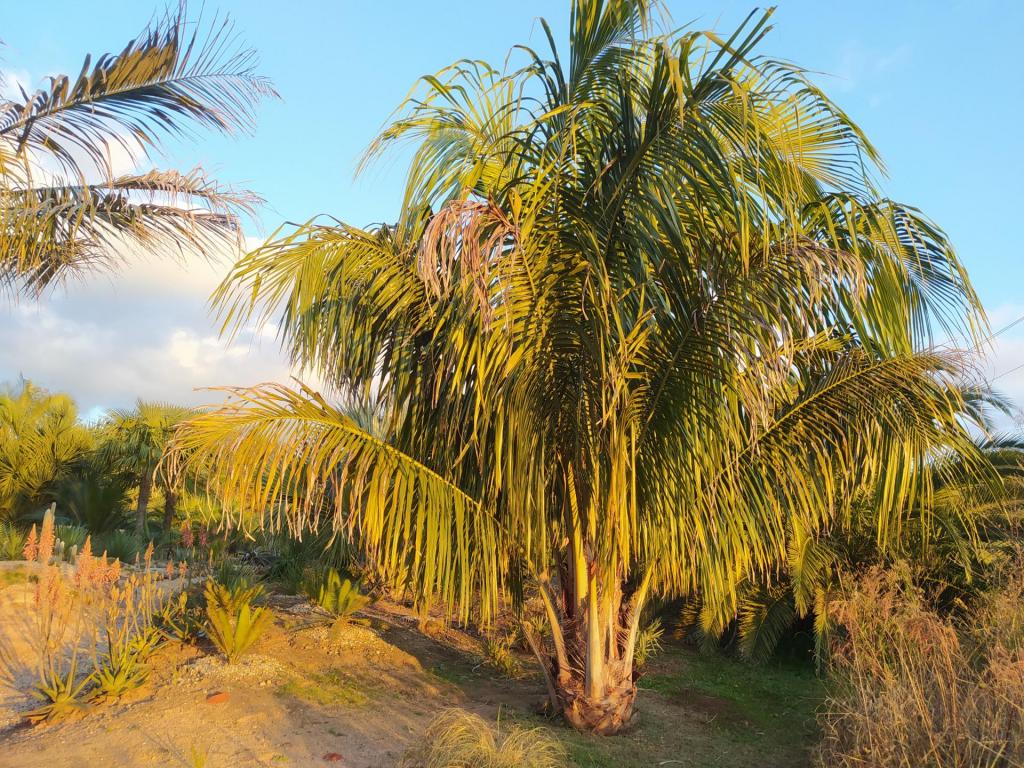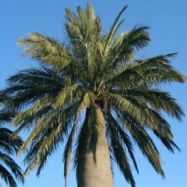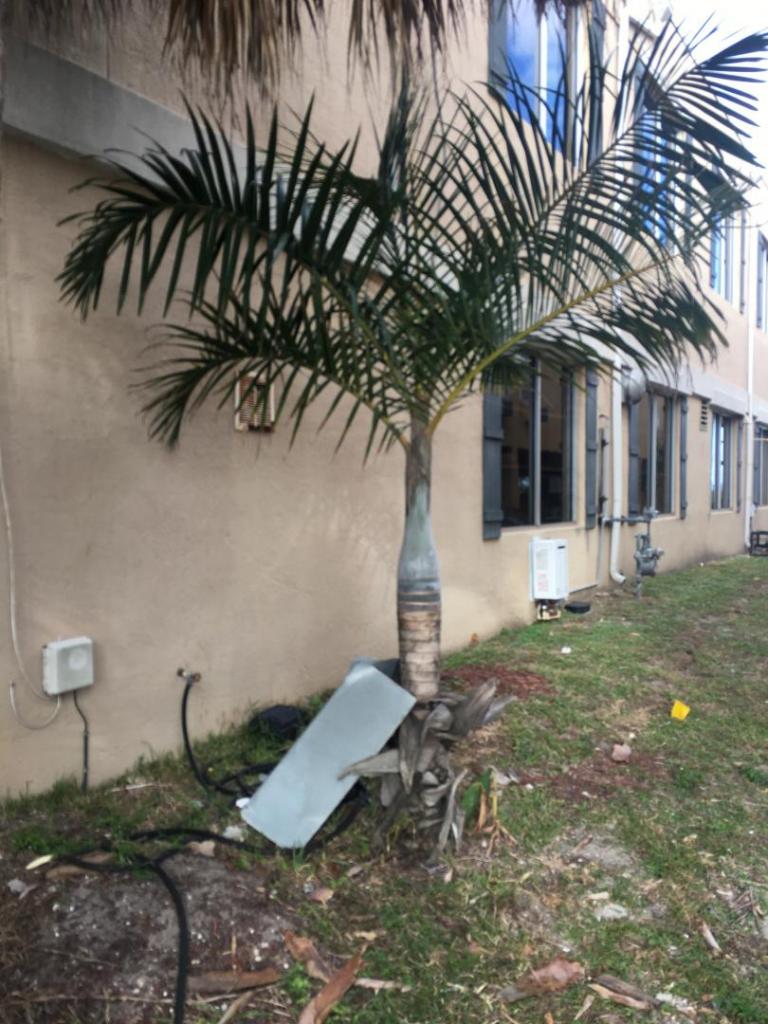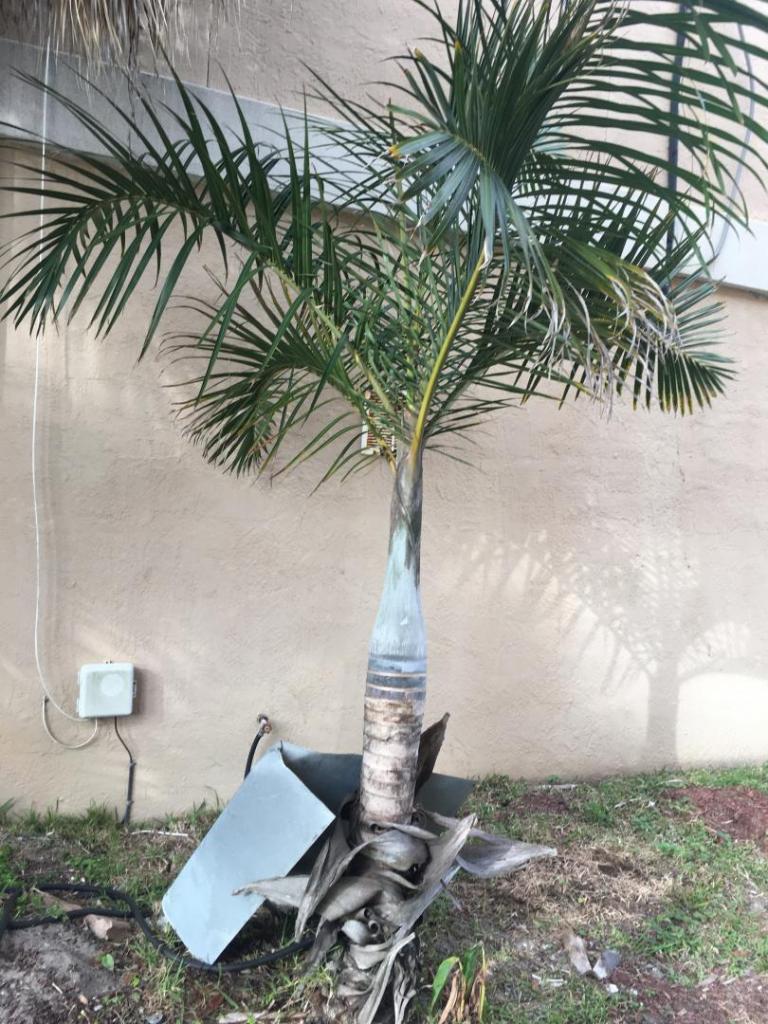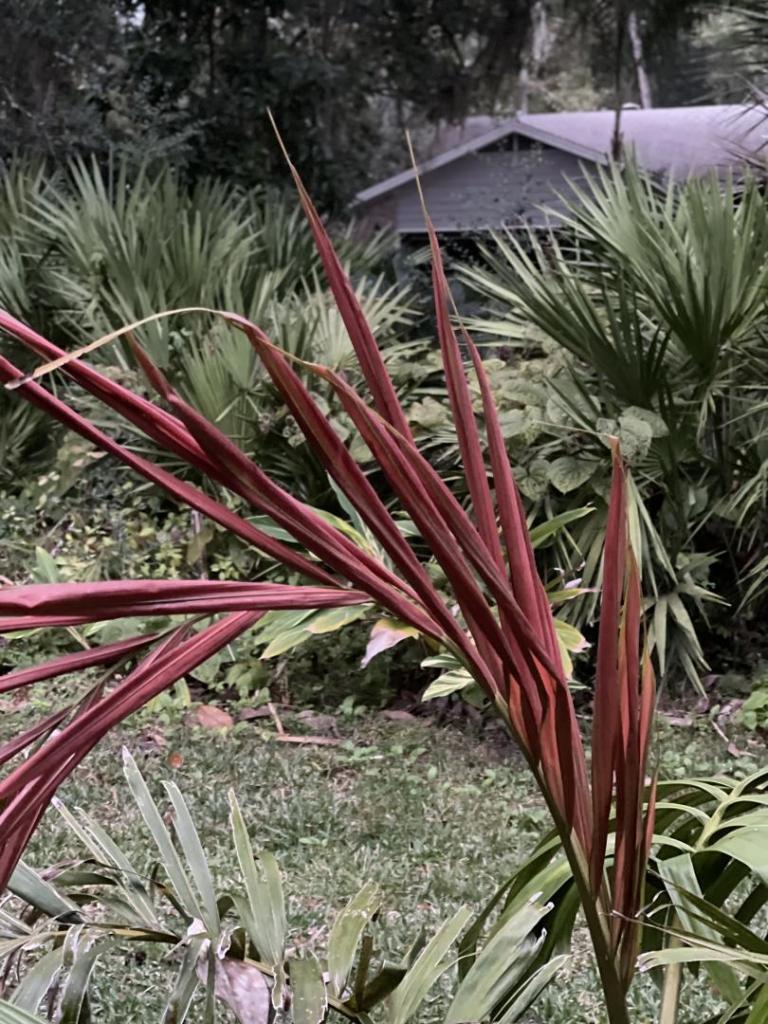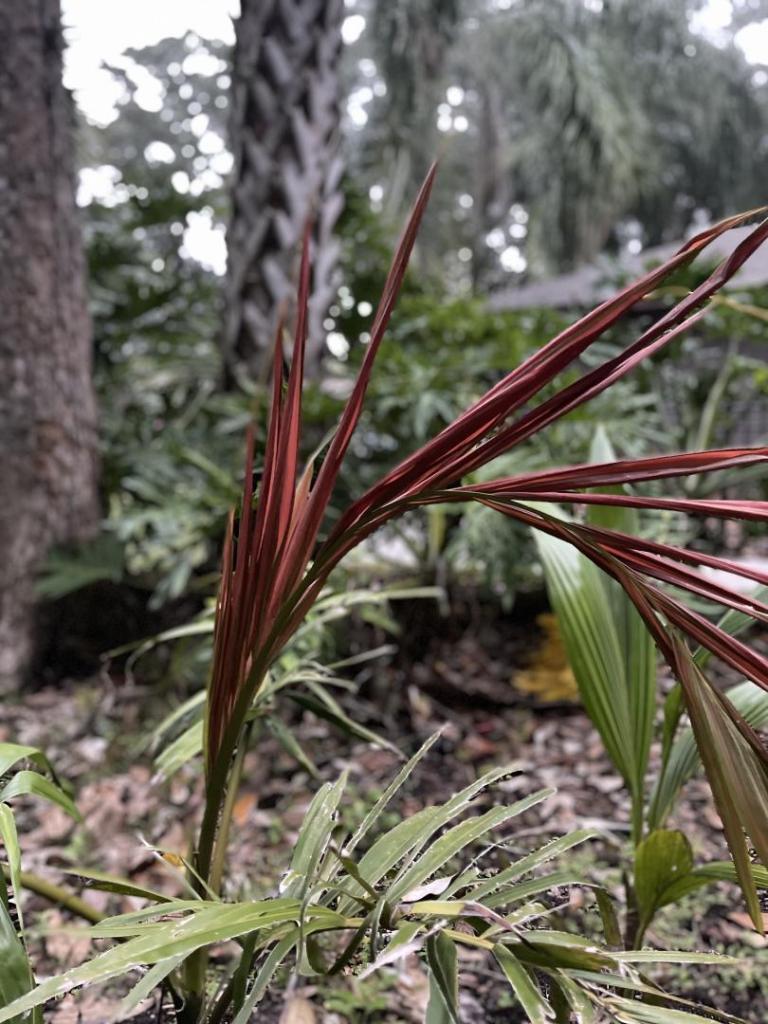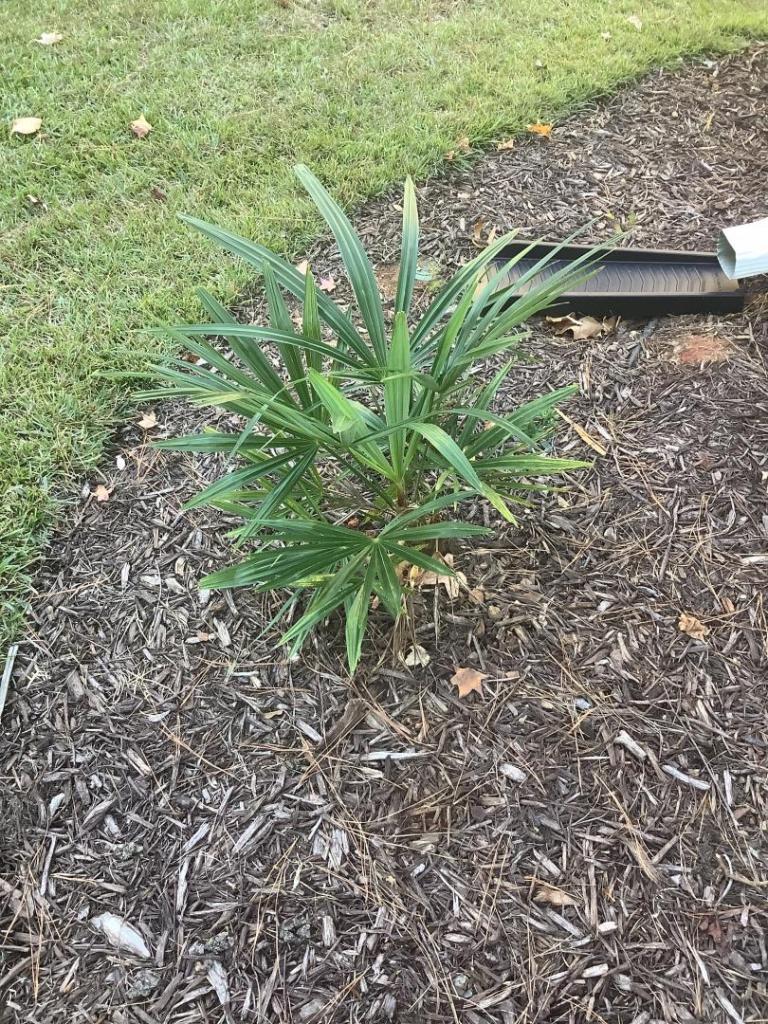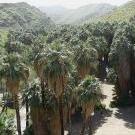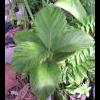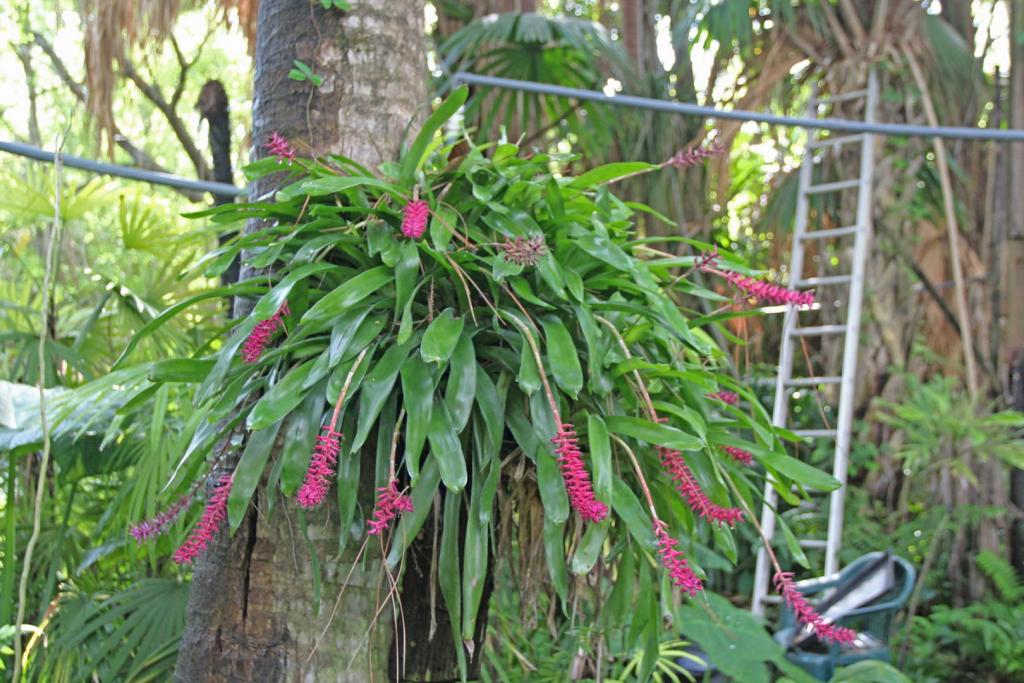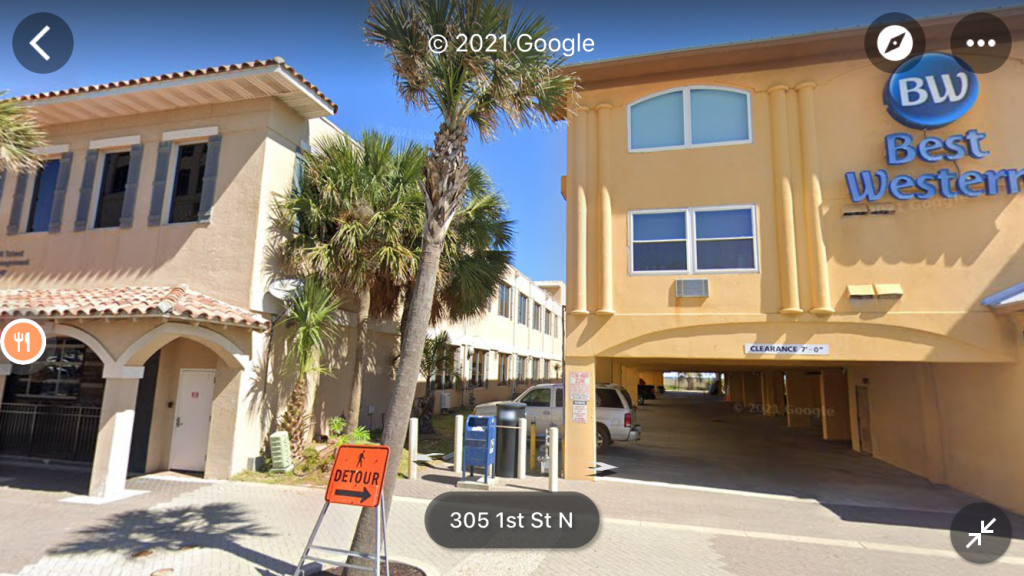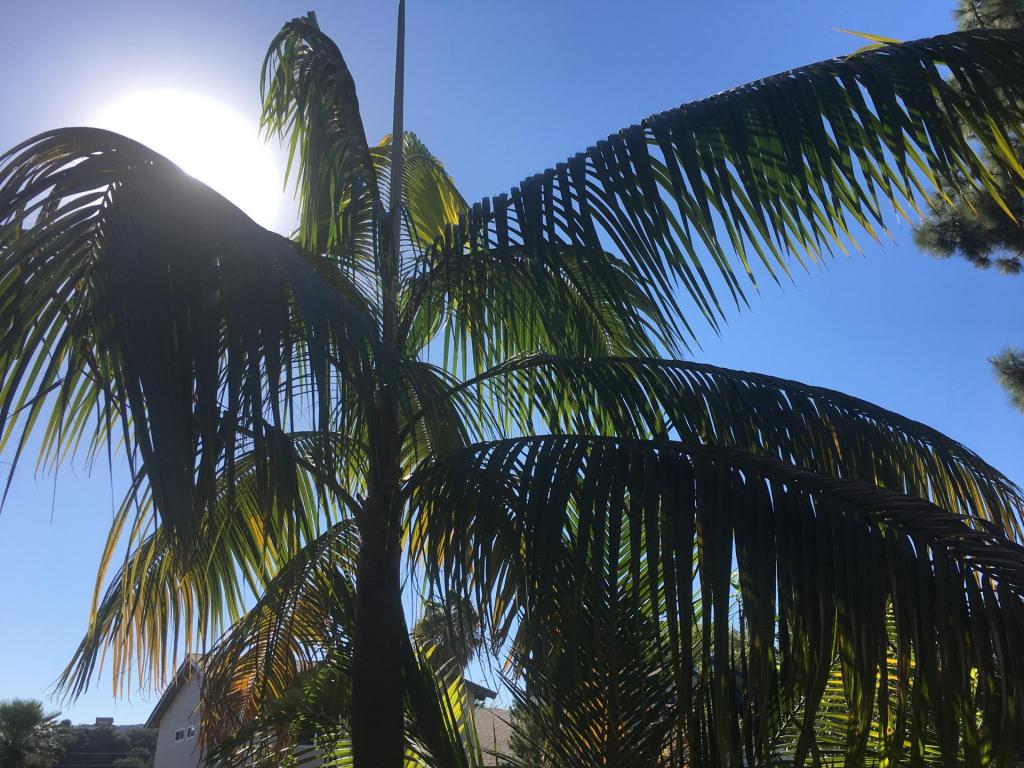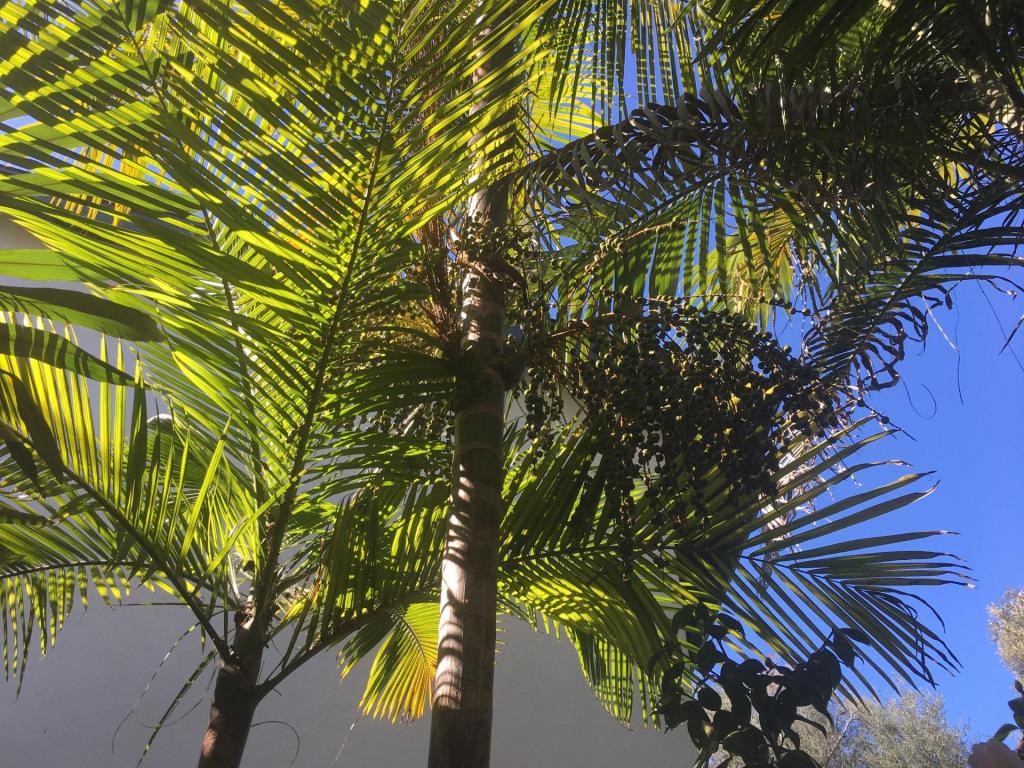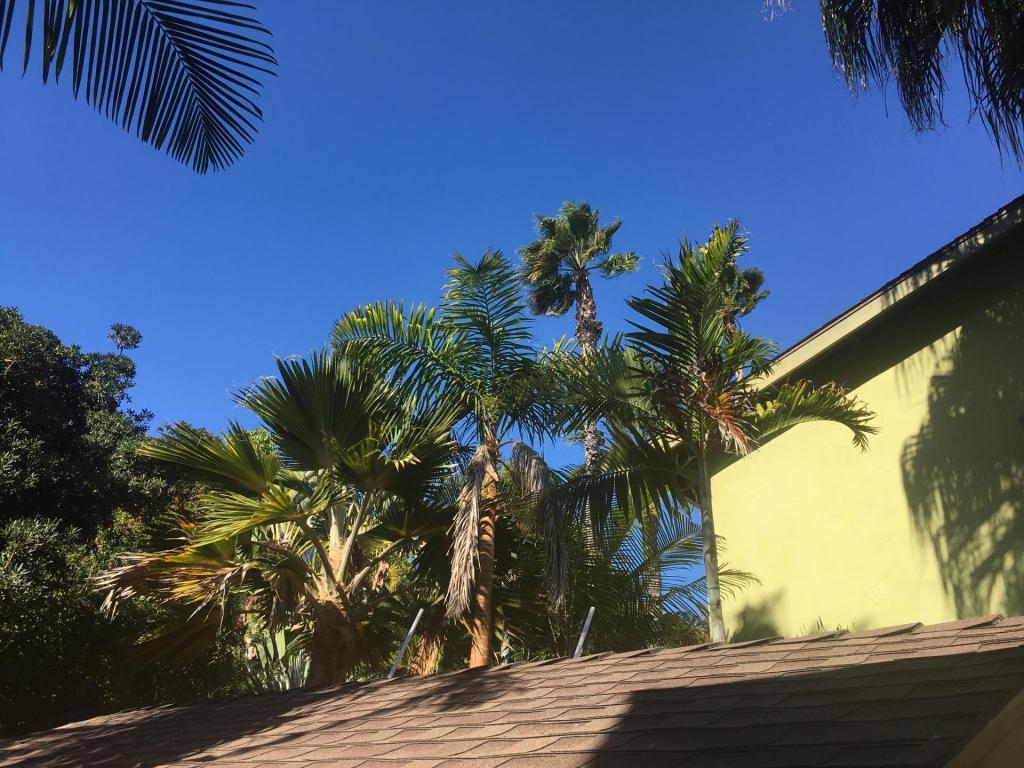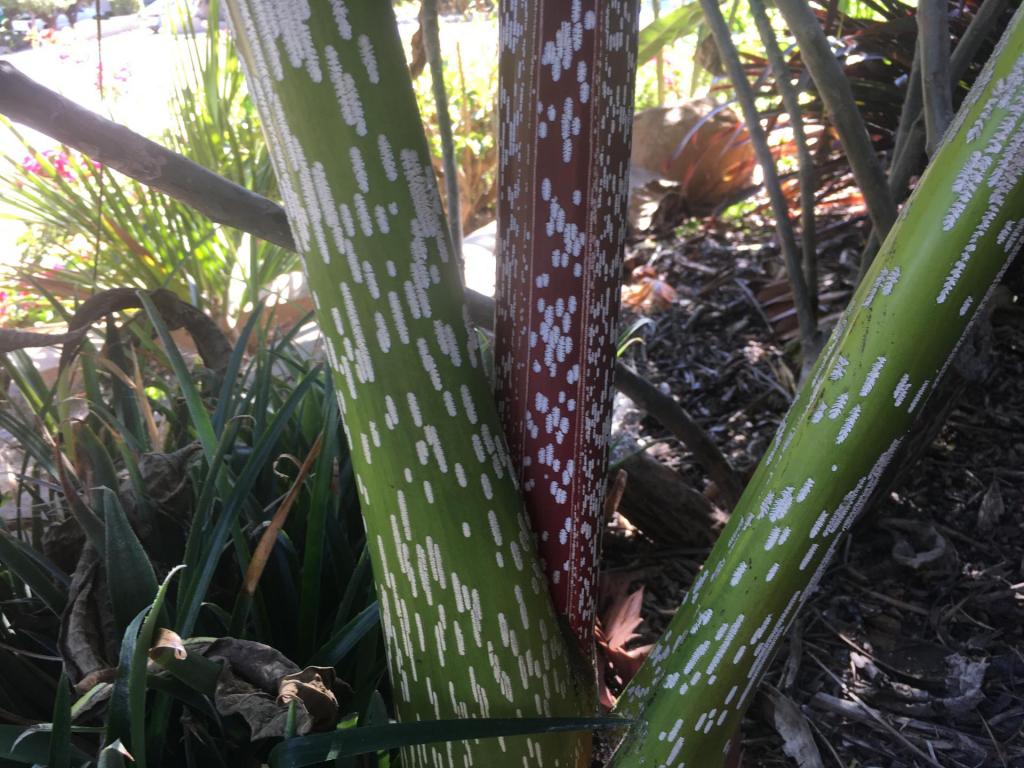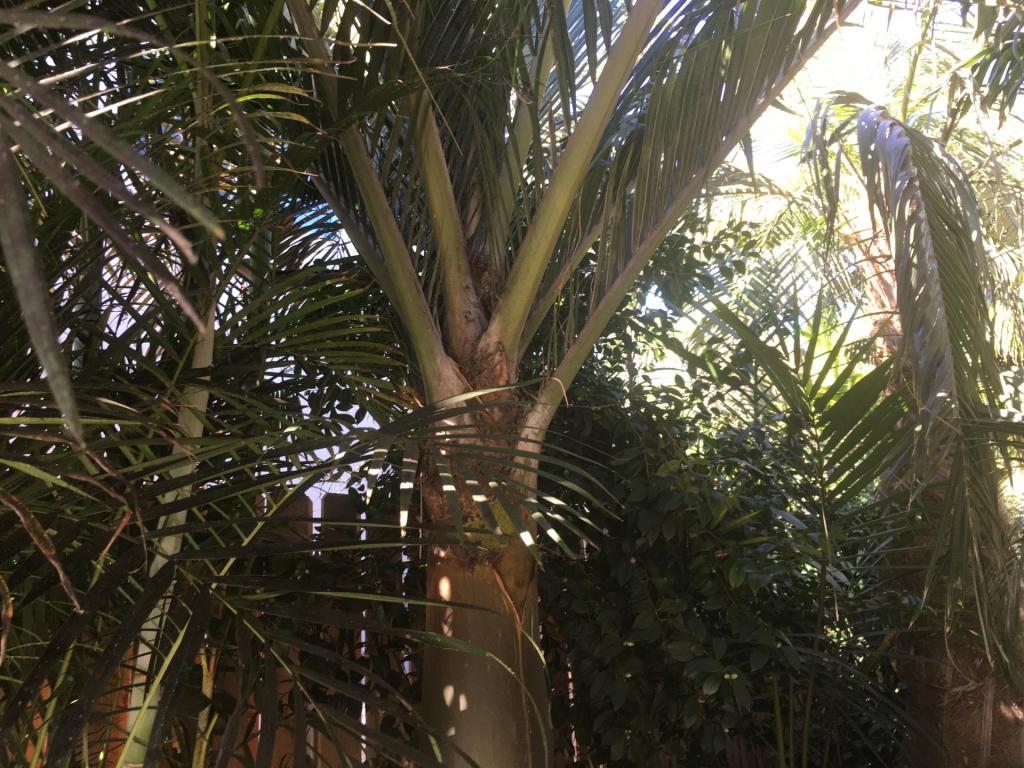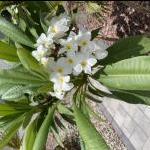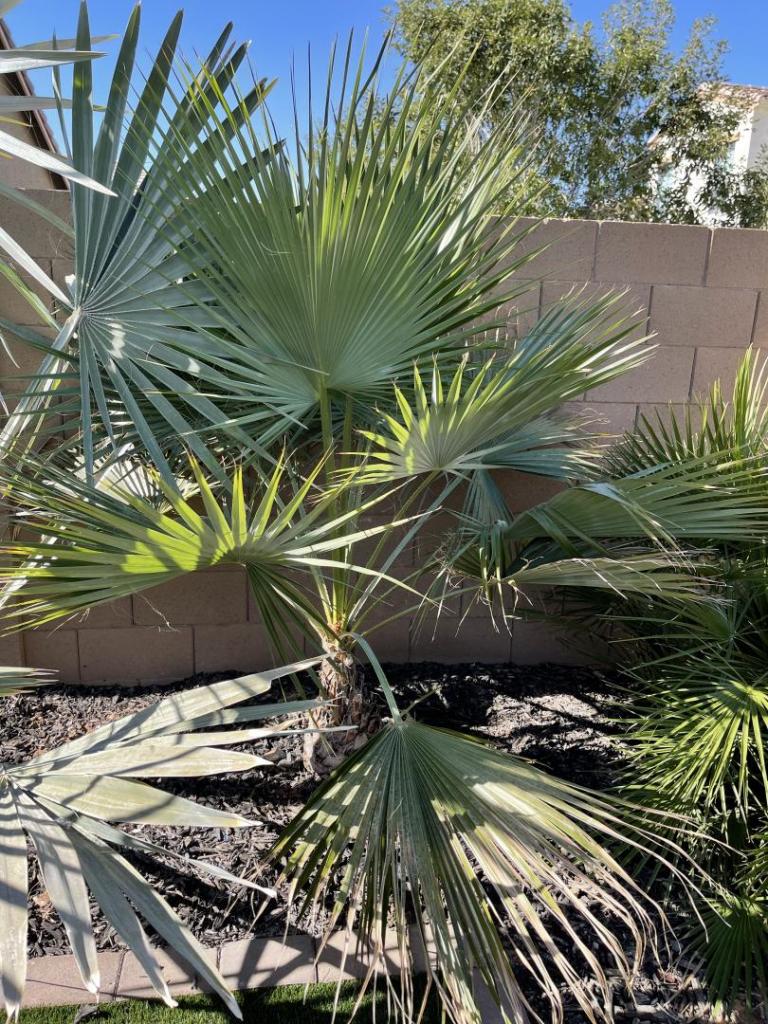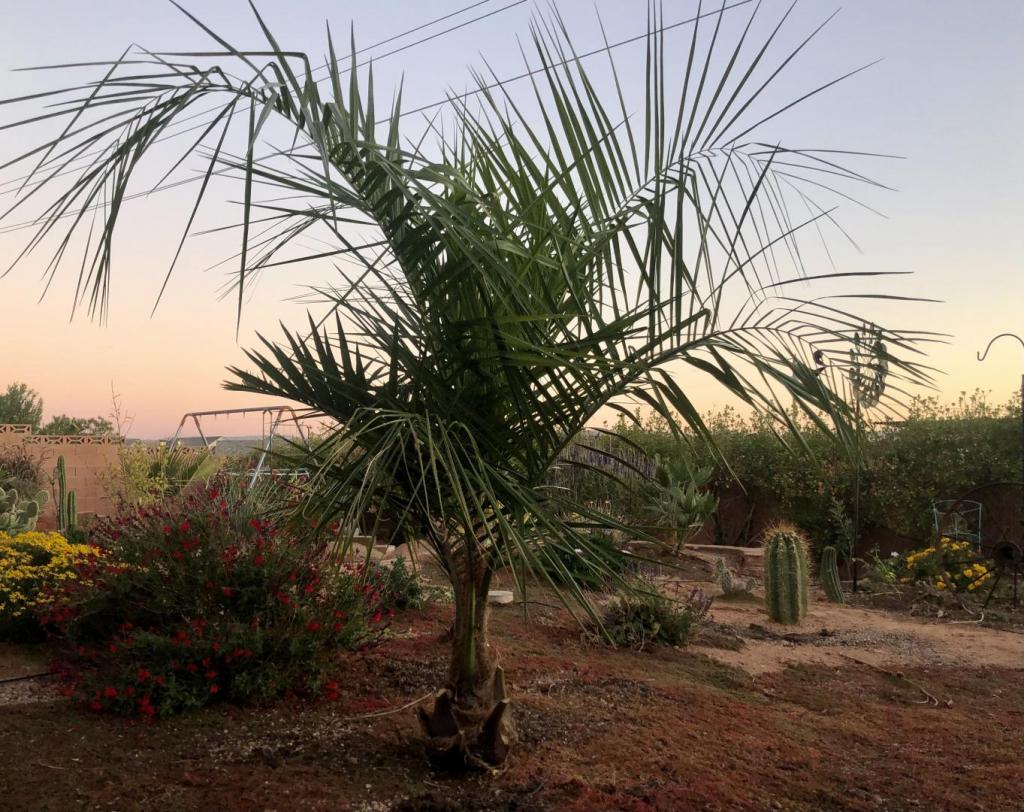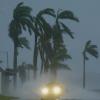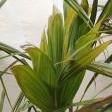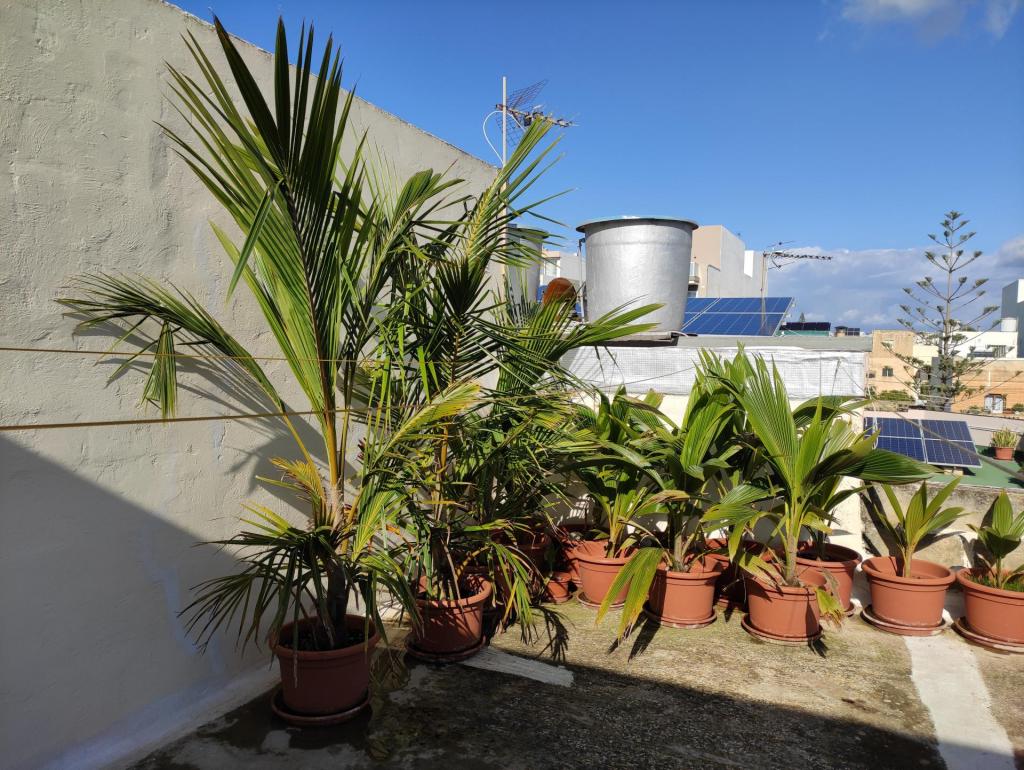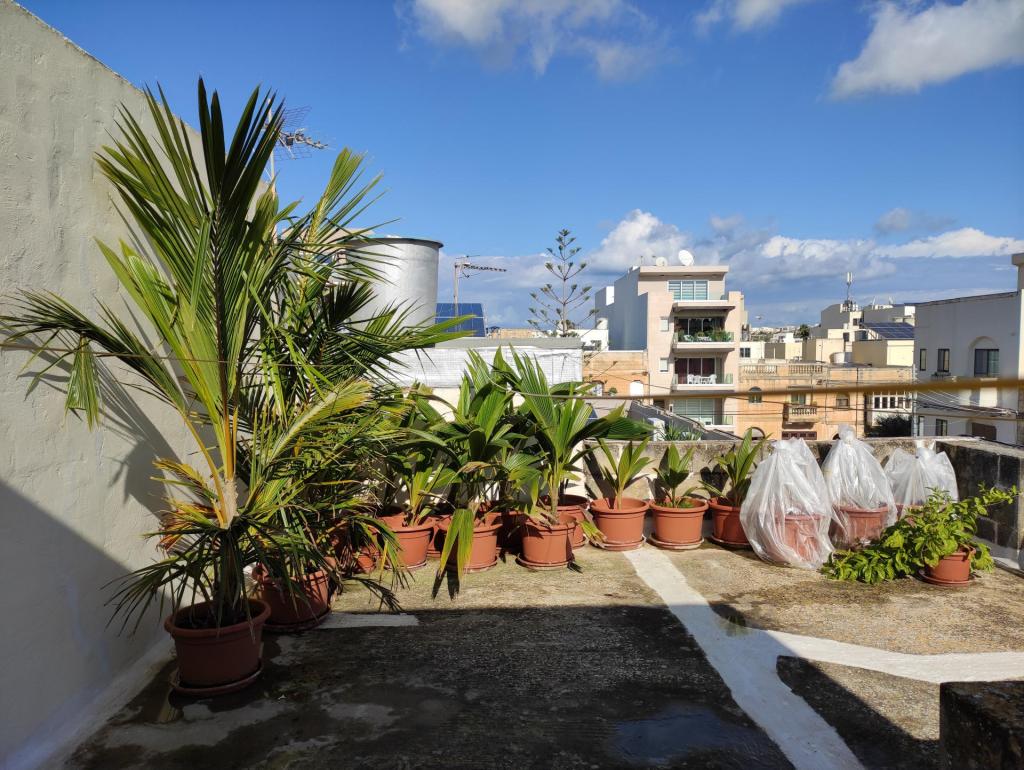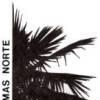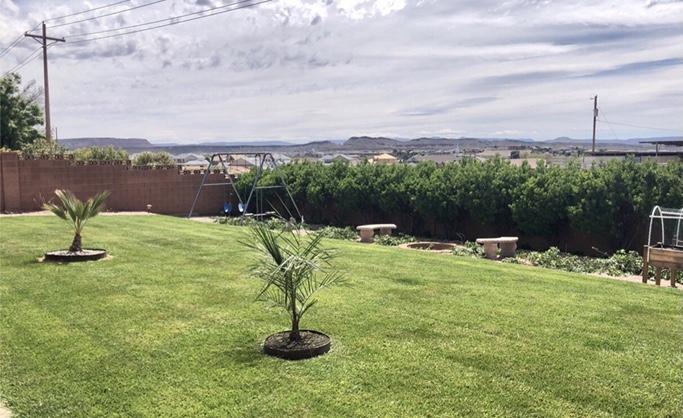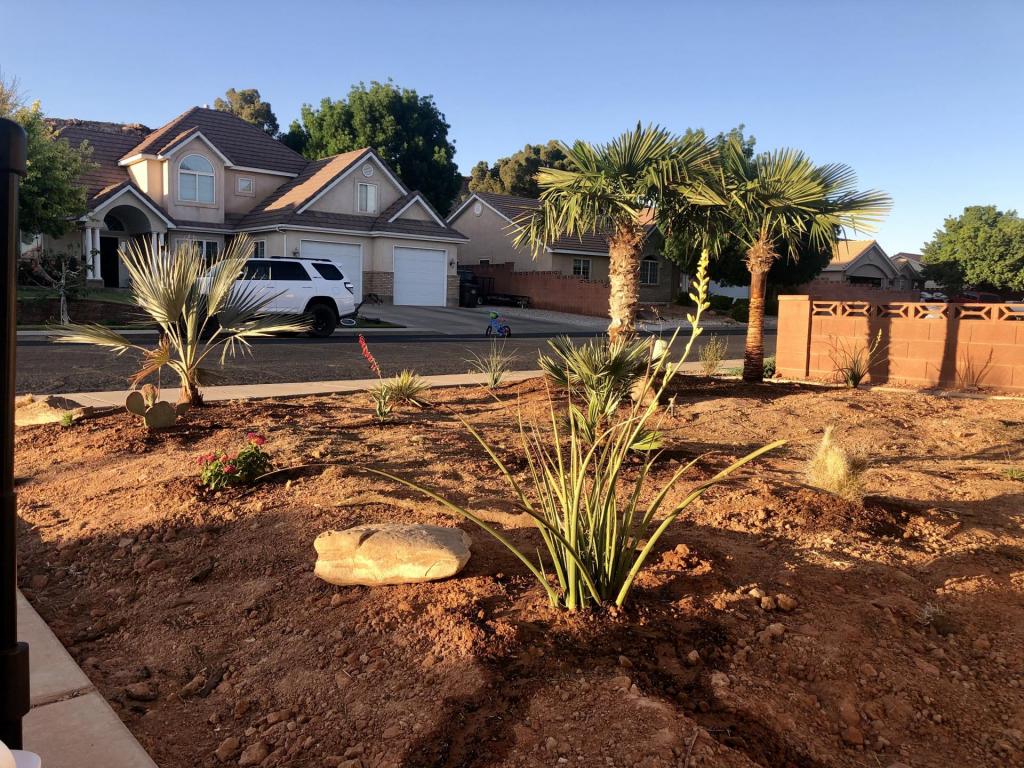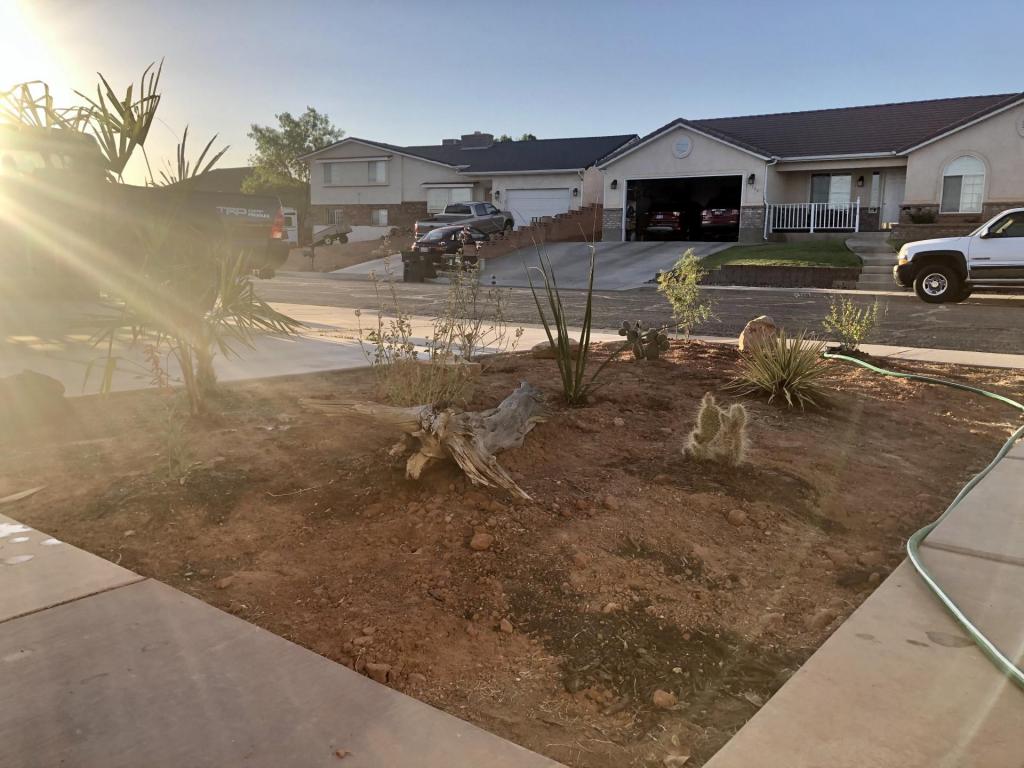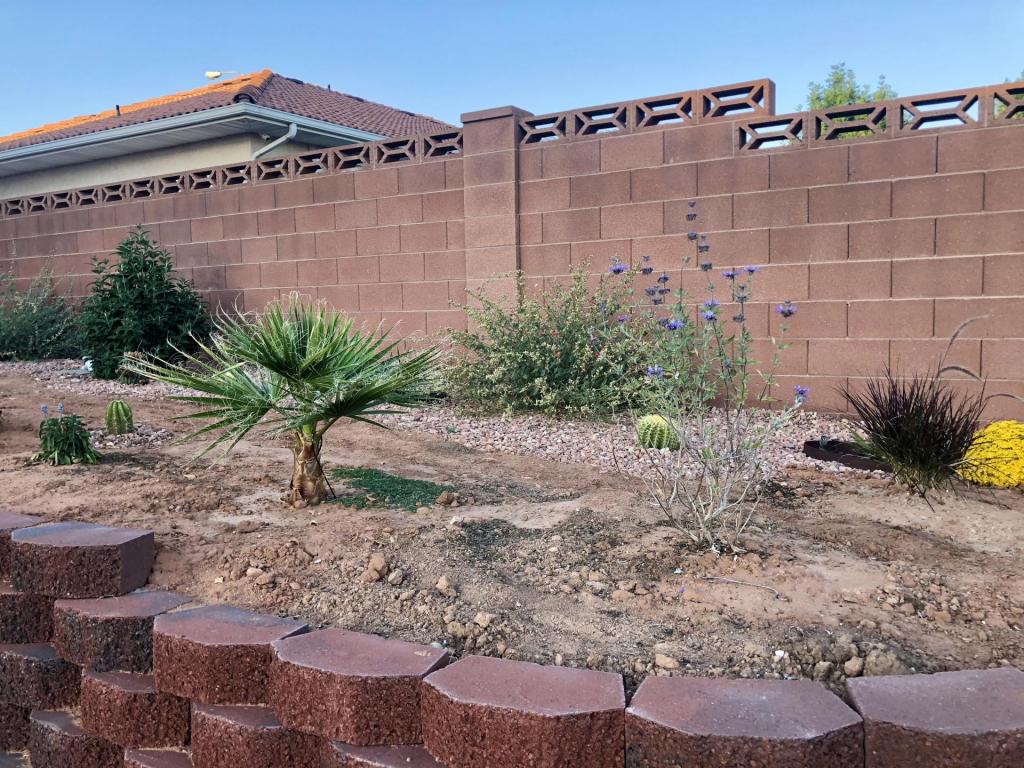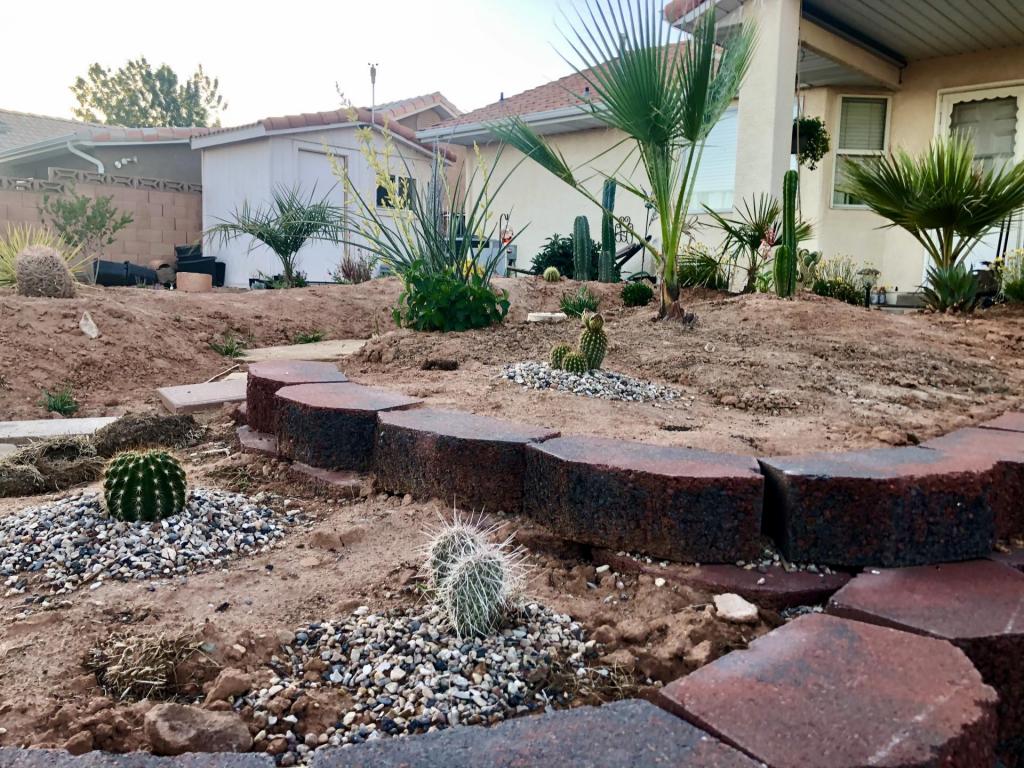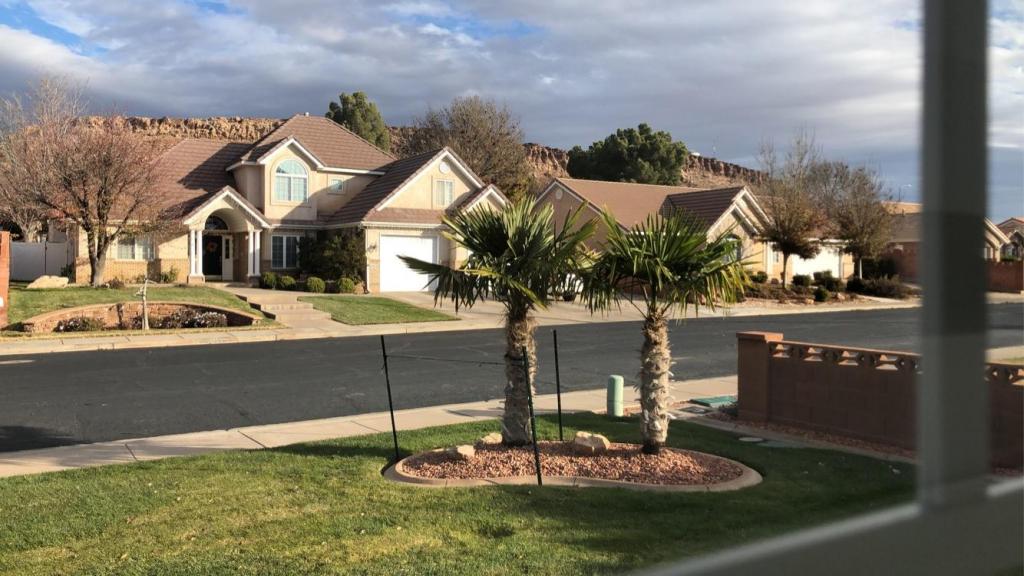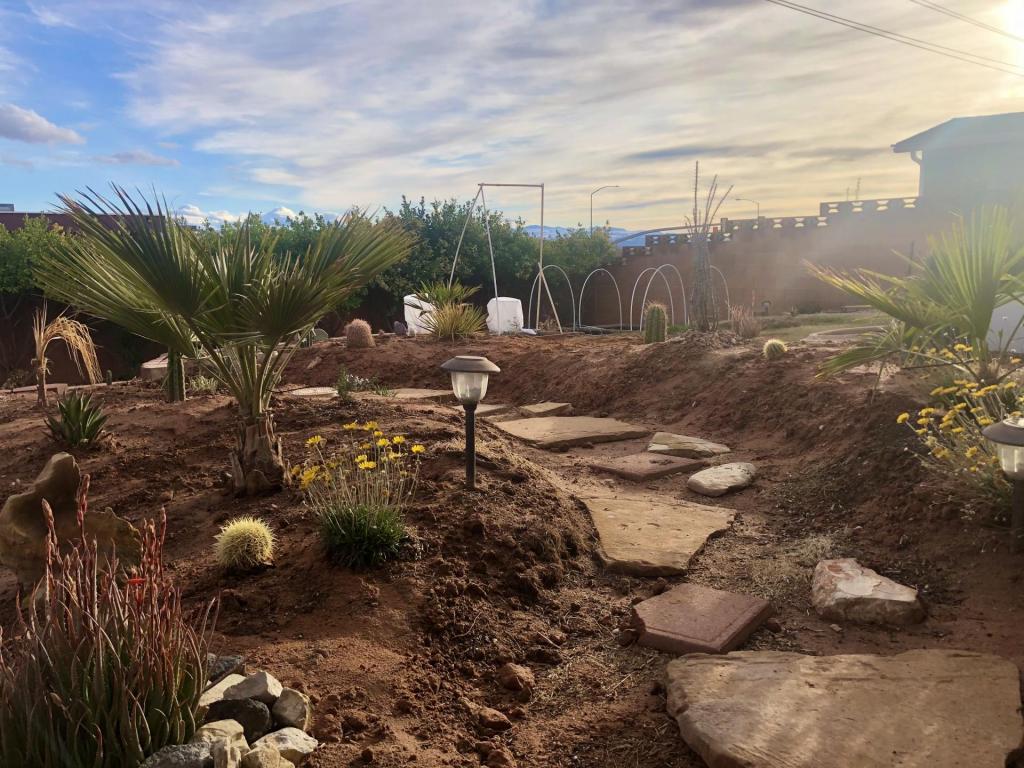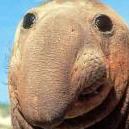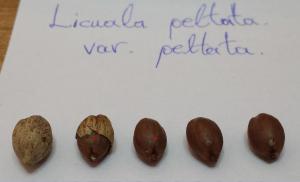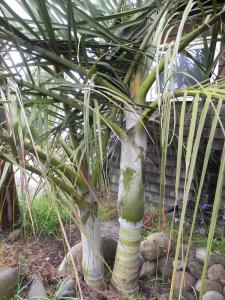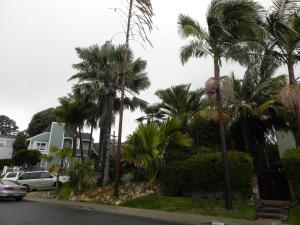Leaderboard
Popular Content
Showing content with the highest reputation on 11/26/2021 in all areas
-
6 points
-
Hello palmtalkers! I've already had some experience of germinating Butia and now I'm starting my second palm from scratch - Washingtonia, possibly a pure filifera. This is a motherpalm, located in Termez, Uzbekistan. This Washy is 13 years old and it's fruiting for the first time this year. At age of 6-7 it managed to survive an extreme cold snap in february 2014, with a low temperature of -22C (-7.6F), the lowest recorded temperatures in the whole region, and continuous 168 hours of subfreezing temperatures, this is what makes this specimen interesting. These seeds arrived to me Cleaned and soaking in the water4 points
-
In the winter of 2018 that palm received some cold damage when we had two cold events in January. Other than that it has always looked pretty good. It's holding more leaves now than I've ever seen. Beautiful!4 points
-
4 points
-
Actually planted these this spring. I planted a filabusta but a rabbit or something ate it to the ground. I also planted butia but it drowned in all the rain we got this spring. I’ll try again this upcoming spring. Below is a mule , planted as a two gallon maybe, it took right off without skipping a beat.3 points
-
Placing a marker here to document this seasons Jubaea germination method. A few hundred seeds mixed with wet Hydroton in a styrofoam cooler. I'm putting the cooler on top of my water heater. My previous method of cracking the seeds open to remove the shell would have been too much work for this many seeds.3 points
-
3 points
-
3 points
-
3 points
-
3 points
-
3 points
-
2 points
-
After a busy year, a time of rest in the garden. While most things have finished up for the year, and await the new year to come, the yard is never completely void of any color / flowers. Taking advantage of continued good weather ( so far ) and getting a few things going for the year ahead ..with more on the way. Awaiting a delivery of deep pots / trays and different seeds to play around with, on top of all sorts of other stuff.. anyway.. Yellow Necklacepod, Sophora tomentosa ( seed grown and survived 5 years in the desert, in a pot, so far ) Started a touch earlier than in years past, but full of flowers/ a few developing pods atm. Interestingly, appears these are attractive to the neighborhood hummingbirds as well. Saffron Plum, Sideroxylon celastrinum, Tough, extremely fragrant and dependable winter flower-er, just starting it's cycle. Unlike past years, 2nd of the two plants i have is finally old enough to start flowering.. Hopefully this will increase the chances of fruit since both are loaded w/ buds, top to bottom.. One of two things guaranteed to draw in Queens ( butterflies ) this time of year, Gregg's / Palm leaf Mistflower, Conoclinium greggii.. Found nice plants at a nursery for installing later. As mentioned elsewhere, Queen, Danaus glippus go nuts over these in the summer. Other plant, Sometimes referred to as Fragrant Mist Flower is more of a bush than a low growing Perennial. Other than that, flowers look almost exactly the same / are a similar shade of bluish lavender ..and attract Queens ( and Monarchs ) by the dozens. Unlike Gregg's Mistflower, Chromolaena odorata can be a bit of an aggressive seeder in some areas. In Australia, it is considered a noxious ( and much despised ) Weed. Early start seedlings.. Muhly sp. collected at Oak Flat. Mexican Hat Cone Flower, Ratibida columnifera, Picked up seed of a couple other Coneflower sp to trial here this coming year. That NOID bushy thing from Boyce.. after surfing through every Genus in the Rose family, think i may have found out what it is, though the Blue colored fruit is throwing me off.. ( everything else matches though ) Anyway, appears to be a species of Osteomeles, " Hawaiian Rose / U' uhlei " being the most well known sp. Other 2 < or 3? > sp. appear to originate in East Asia and apparently are cherished as Bonsai subjects. 5 seedlings up as of today, so far.. 1st of the Agave chrysantha seed collected at Oak Flat starting to sprout.. We'll see how soon others start popping. Other stuff down, but not sprouting, fully sprouted just yet ** no picts **: * Southwestern Pipevine, Aristolochia watsonii * Sandpaper Tree / Anacua, Erhita anacua.. Reading thru some research papers, appears seed on these has to go through a process of weathering before germinating.. Supposedly, 6-8 month old seed will germinate better than freshly collected / sown seed. We'll see what happens. * Eve's Necklace, another great small tree from Texas, from fresh seed.. Next up, once the deep pots arrive, 4 sp. of Milkweed, among other things, inc. a plant that many horticultural " experts " religiously assumed was extinct, ..and sterile....2 points
-
2 points
-
2 points
-
Yes I know Scott grows them as well and if I knew previously, I would have purchased through him. Mine is planted between two homes on the eastern side. It gets sun until about 3pm in the summer. It's not ideal, but so far so good. Oh and I give it a lot of water otherwise it won't look right.2 points
-
2 points
-
2 points
-
2 points
-
2 points
-
Washingtonia seeds germinate easily, I germinated over 100 this year 1. Soaked them in water for 4-5 days 2. Sowed in a mix of perlite and miracle gro palm and cactus soil 3. Set container on top of TV box and within 5 days they were starting to germinate, with all germinating within 10 days2 points
-
Great find! Perhaps bodes well for @shminbabe in her microclimate just up the road. She’s growing spindles too.2 points
-
That is actually fenestralis.. I planted it in 2003 as a 5 gallon plant. Is a bit “weepier” than alfredii.2 points
-
2 points
-
2 points
-
2 points
-
2 points
-
2 points
-
Yes it’s a Brahea Brandegeei. I’ve spoken personally to Keith (Owners Son), and he told me it’s a BBrandegeei. I actually purchased my Brandegeei there from him. Treeland has a bunch of different palms in the back of the nursery that aren’t for sale to the public. If you find Keith and make conversation and start a relationship with him, he’ll take you back there and purchase directly through him. heres my Brandegeei from treeland.2 points
-
2 points
-
2 points
-
1 point
-
1 point
-
More specimens that I want to list: https://florida.plantatlas.usf.edu/Plant.aspx?id=3084 https://florida.plantatlas.usf.edu/Plant.aspx?id=2789 https://florida.plantatlas.usf.edu/Plant.aspx?id=2836 https://florida.plantatlas.usf.edu/Plant.aspx?id=2180&display=photos https://florida.plantatlas.usf.edu/Plant.aspx?id=3582 https://florida.plantatlas.usf.edu/Plant.aspx?id=606 https://florida.plantatlas.usf.edu/Plant.aspx?id=2034 https://florida.plantatlas.usf.edu/Plant.aspx?id=3620 https://florida.plantatlas.usf.edu/Plant.aspx?id=2395 (Not vouched for Brevard) https://florida.plantatlas.usf.edu/Plant.aspx?id=2815 https://florida.plantatlas.usf.edu/Plant.aspx?id=6271 point
-
1 point
-
1 point
-
Hopefully it stays that way! Some of the global models are trying to pick up on some sort of cold event in the beginning of December. We shall see what the trends are in future runs.1 point
-
1 point
-
I usually don't worry about amending my soil when I plant in the ground. Roots will be growing into native soil soon enough... Toss in a handful of osmocote in the planting hole,and call it a day. Fill the hole with water,let it drain down,then put your tree in the hole. Fill the hole,and water in the new planting. Probably better to wait for spring to plant, just in case we get a deep freeze. aztropic Mesa,Arizona1 point
-
1 point
-
Beautiful landscaping! Grass is highly overrated and wasteful. We have a few patches in front to keep Cape Coral Code Enforcement away from the door.1 point
-
1 point
-
1 point
-
My suggestion: the sooner the better. If you begin in March/April the root system will not fully develop by December to the extent of giving the palm the "cold hardiness" required. Even if planted in February Happens too often here in Commiefornia. Large Coco transplants do not survive a winter. Best to get a seedling and protect it for 3-4 years in order for it to develop a staunch root system and can be able to defend itself come winter. This is just my humble opinion.1 point
-
Hello, sorry for bumping an old (yet awesome) thread, but I just accidentally delidded a Serenoa repens seed (I thought it still had the shell on), and now I am wondering what do do with it. The embryo is still in tact. I have it soaking in a hydrogen peroxide/water mix right now (only for about five minutes at the moment) since there was some fungus in the medium that the seed was in. Can I just put this in water to get it to grow? I did that with very old Sabal minor seeds and the embryos literally just popped out. What should I do with this?1 point
-
1 point
-
When I moved to Highlands County in 1997 (and my wife and I drove all over it as we were looking for land to buy and build a house on) I only found two fairly tall trunked coconut palms. Both were near lakes. One was on a lakefront property but in the front yard away from the lake. There was almost zilch availability of any species of palm except the common garden variet (queens, washingtonia, butia, roebelleni) at the local nurseries. I managed to find quite a few (several dozens) of old royal palms, all in lakeside locations. But all that has changed since then. There are now coconut, foxtails, bismarckia being planted regularly in the lakefront communities and at some residences on high ground. Away from these micro-meso climate areas, forget it. Except for the past three winters, coconuts and other cold tender species of palms won't survive in the lower outlying areas of Highlands County, as the radiational freezes we get here can be horrid. But the lakes around here are tied into the water table and I read they don't drop below the high 60s, even in January. As such, the USDA zone around most of the lakes is 10b. Even in December of 2010 most lakeside locations didn't drop below 30-32 degrees. The upshot is for central Florida, you want to grow a coconut palm long term (relatively speaking) you better be right on the coasts (Gulf, Bay, and Atlantic) or large lakes (preferable the S.E. sides, and in my area, on the highest ground that has good cold air drainage off of it. High ground locations run 7-8 degrees warmer than the low ground areas on radiational cooling nights which comprise 95% of the coldest weather. Come September, early October I plan to take my camera and hit the road here in Highlands County and video and photograph as many mature coconut palms (as well as royals and other zone 10+ species of palms) I can. I will then edit the video and upload it to my YouTube account where I have a dozen or so videos and post it at Palmtalk.1 point
-
11. Licuala peltata var. peltata Similar case with var suwamongii which was described before, all seeds were processed the same day i received them, without presoaking. Remember that these seeds have a hard outer shell which you can either break or cut off (look at second seed from the left in the first picture). When you peel this off, with a good light you can easily spot the germination pore (red arrows on seeds #3 and # 4) and all you have to do is scrape off the thin mesocarp. The embryo lies beneath (Seeds #4 & #5). 24 hours soaking and it starts swelling and all you have to do is place it in your medium to grow to seedling stage. Overall 48 hours needed to get these tough guys going1 point
-
With Mark's permission we started snapping a few pics... A good sized Dypsis decipiens flanked the walkway. Mark commented on how stiff the leaves were and how he had to keep them trimmed back so you could walk by. Someday they'll be overhead and make a great tunnel to walk under. There were several very tall Coccothrinax as well.1 point
-
It wasn't hard to spot the palmy yard that awaited our uninvited PRA. Warning, do not attempt an uninvited PRA without first reading the PRA Team's "How To Do A PRA" article published in the PSSC Palm Journal. You might find yourself on the business end of a hot poker or other potentially lethal weapon without being trained in the skills of the uninvited PRA.1 point

